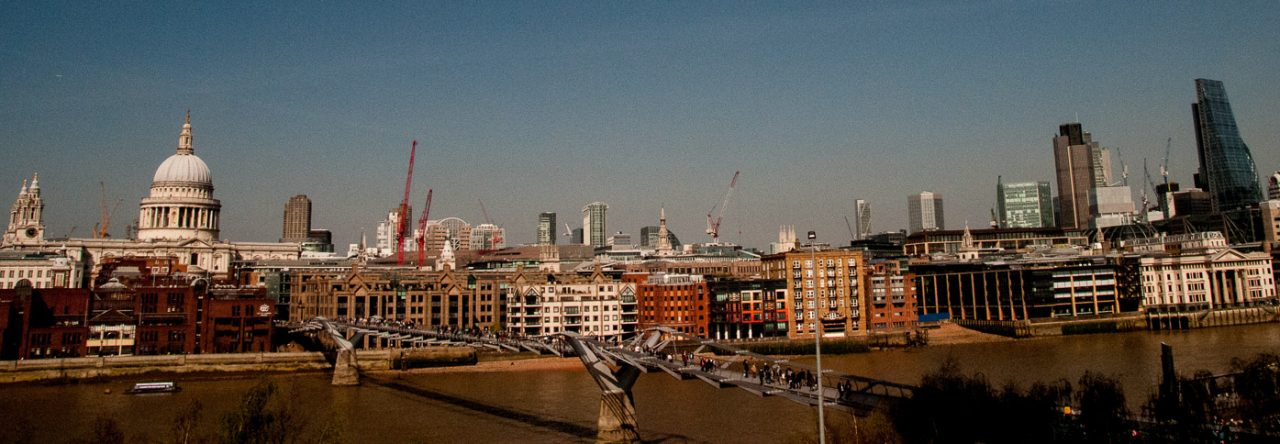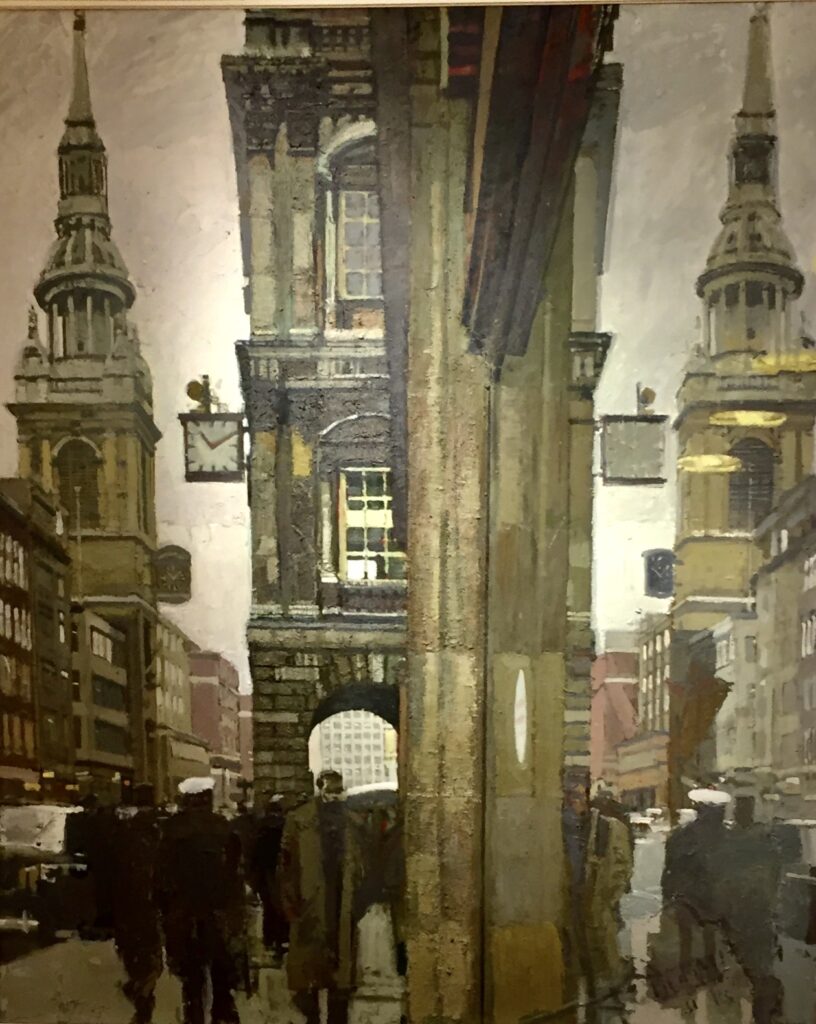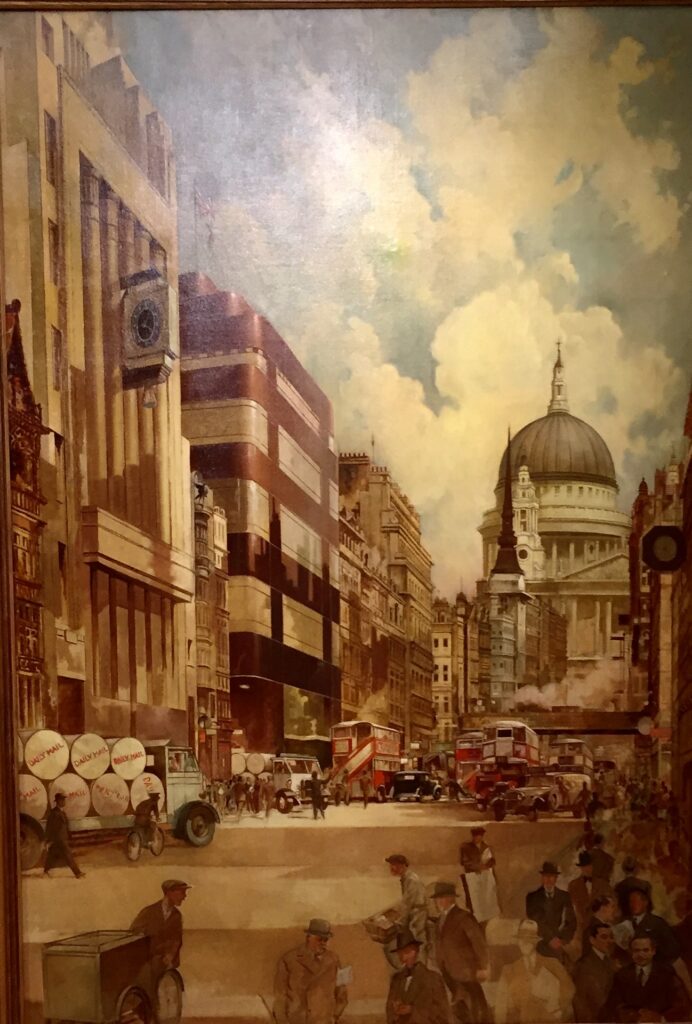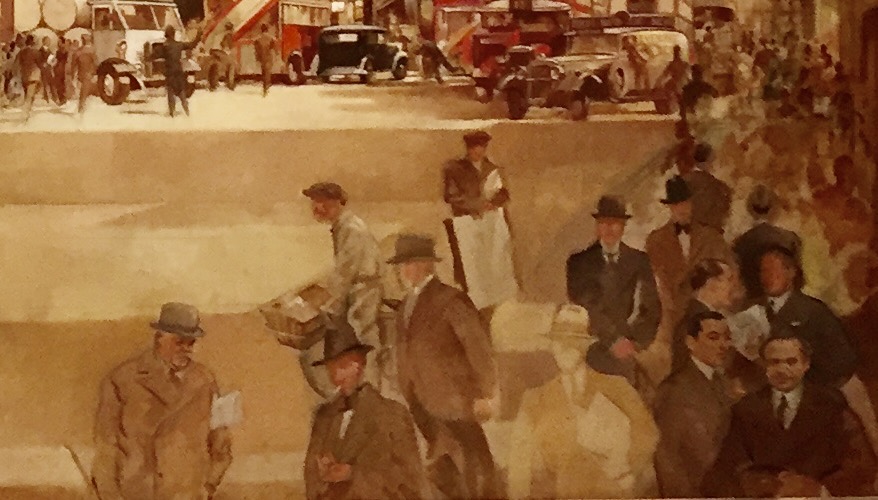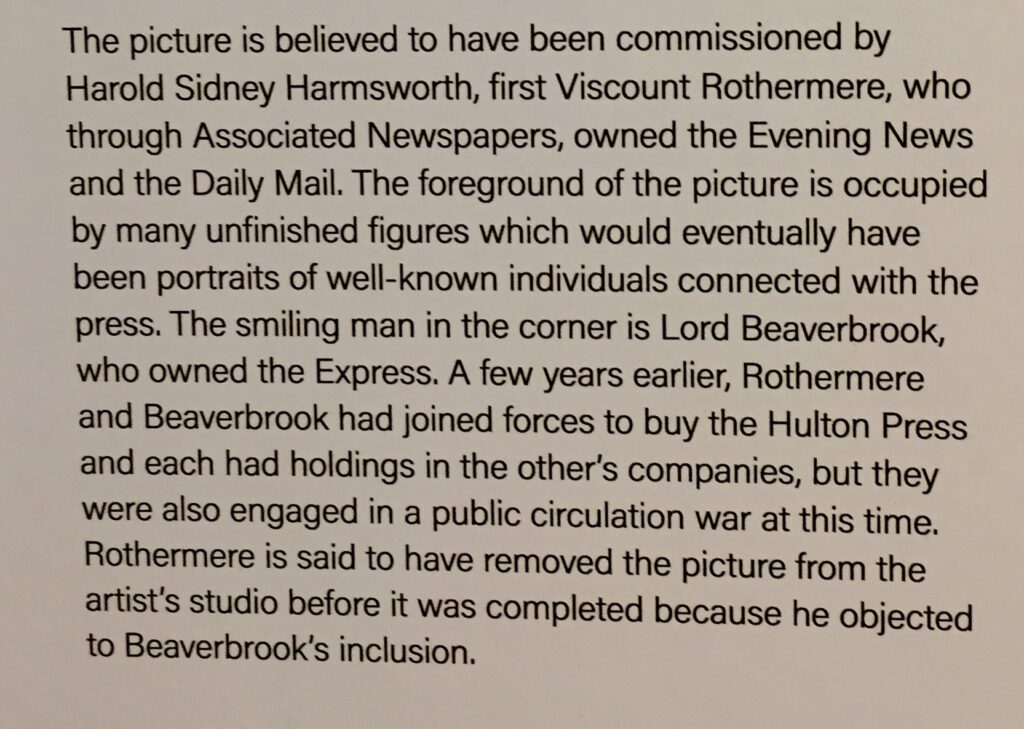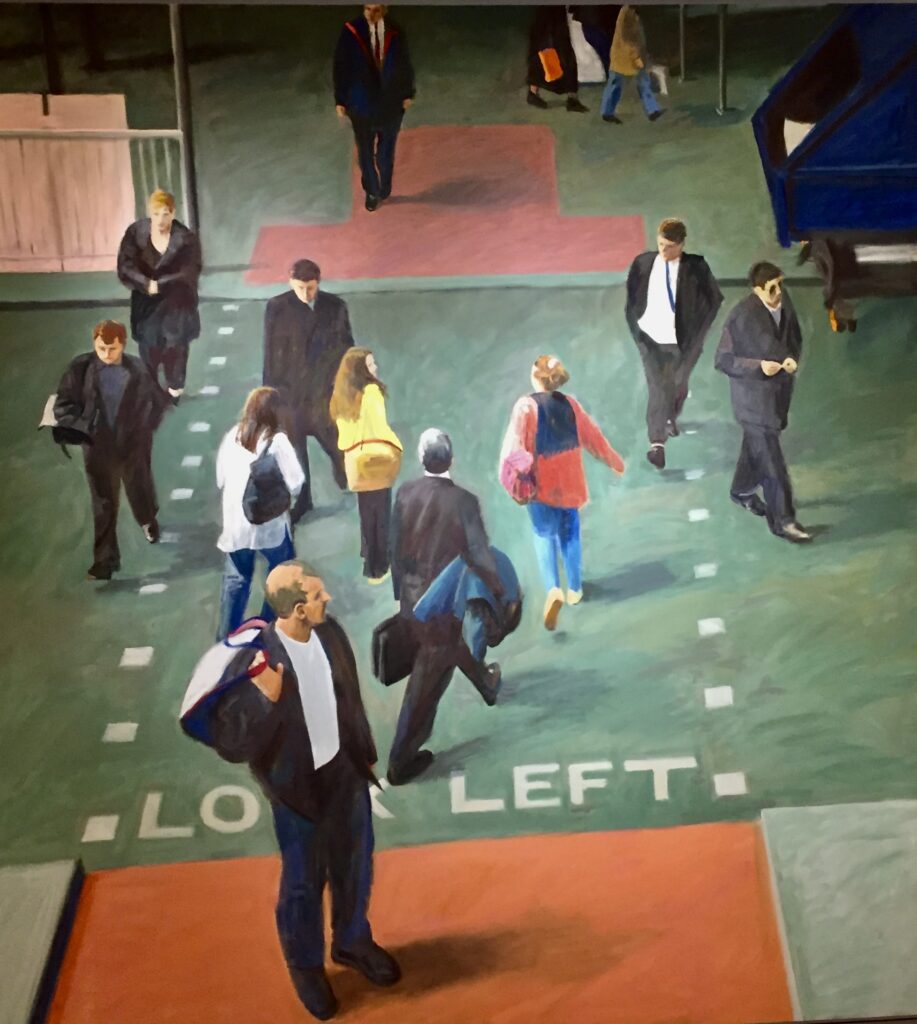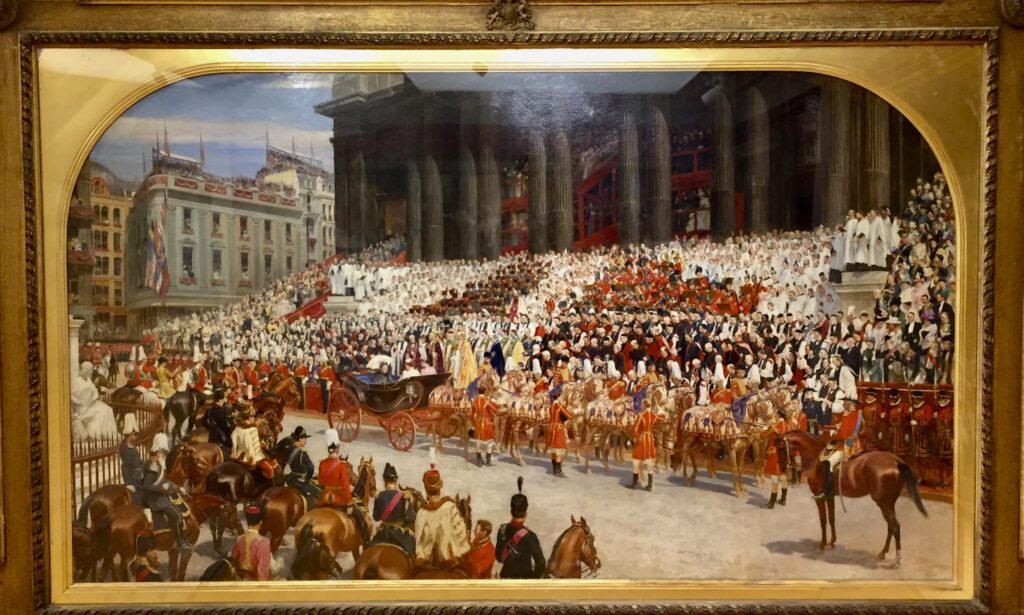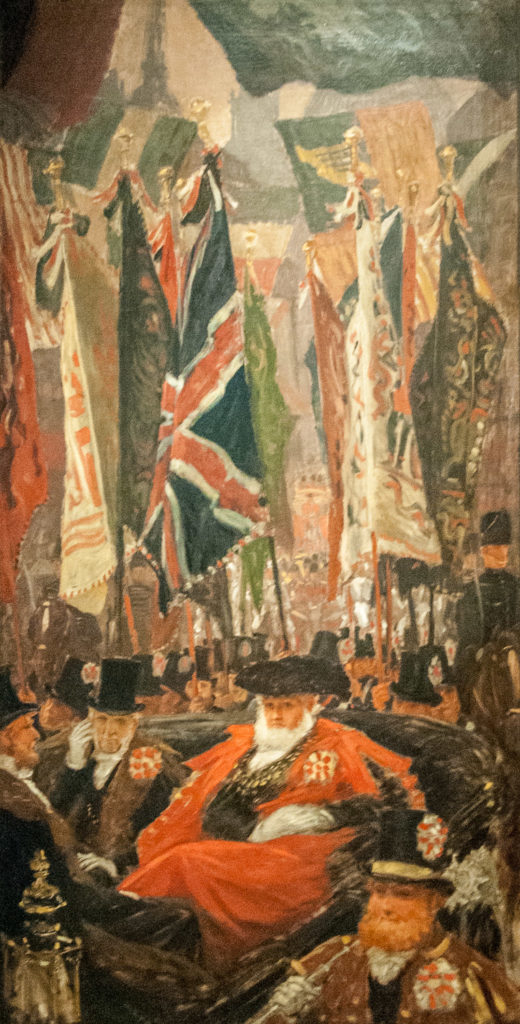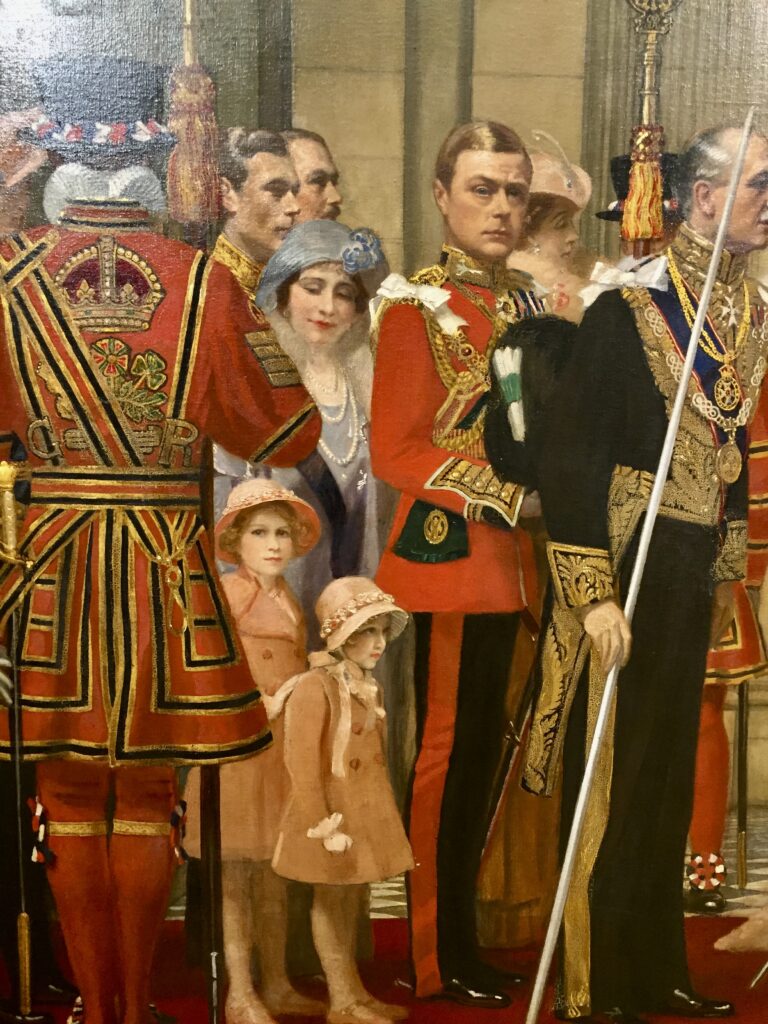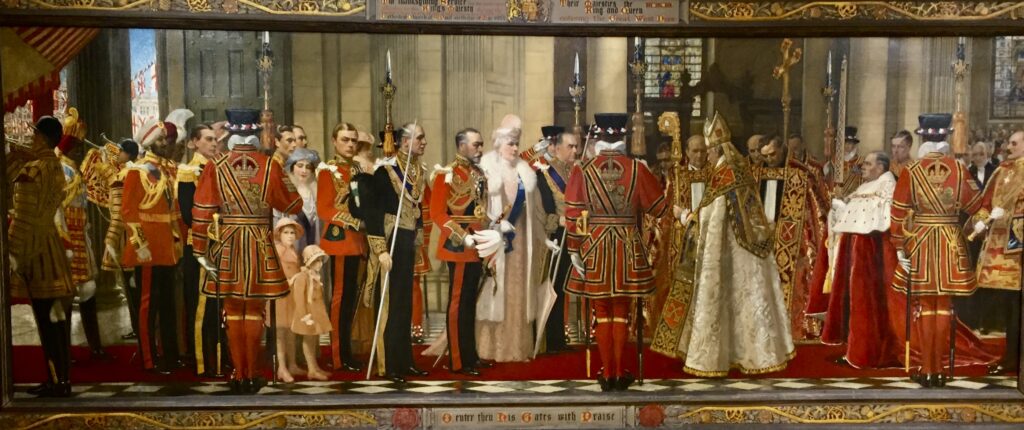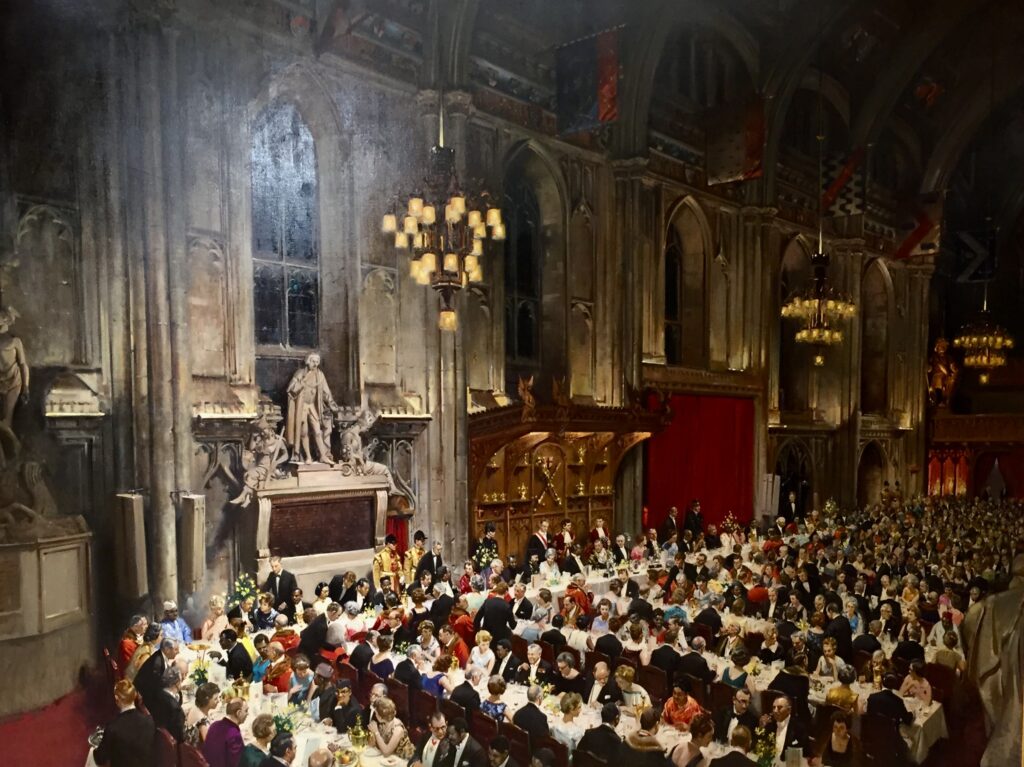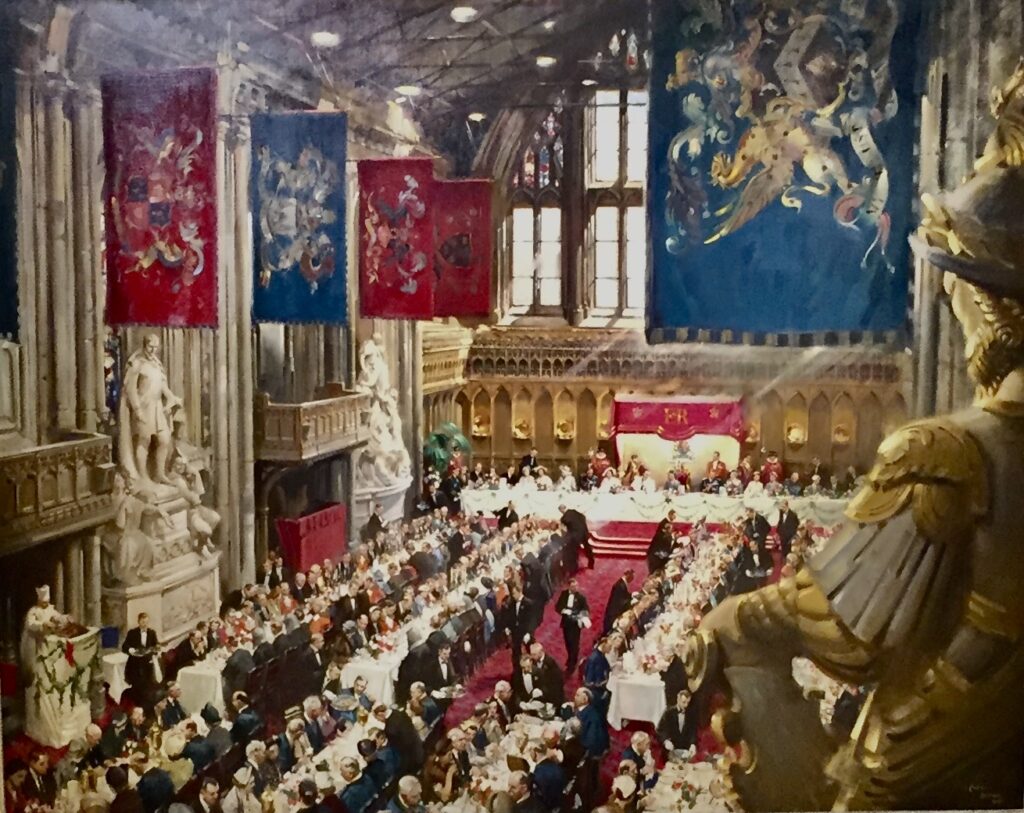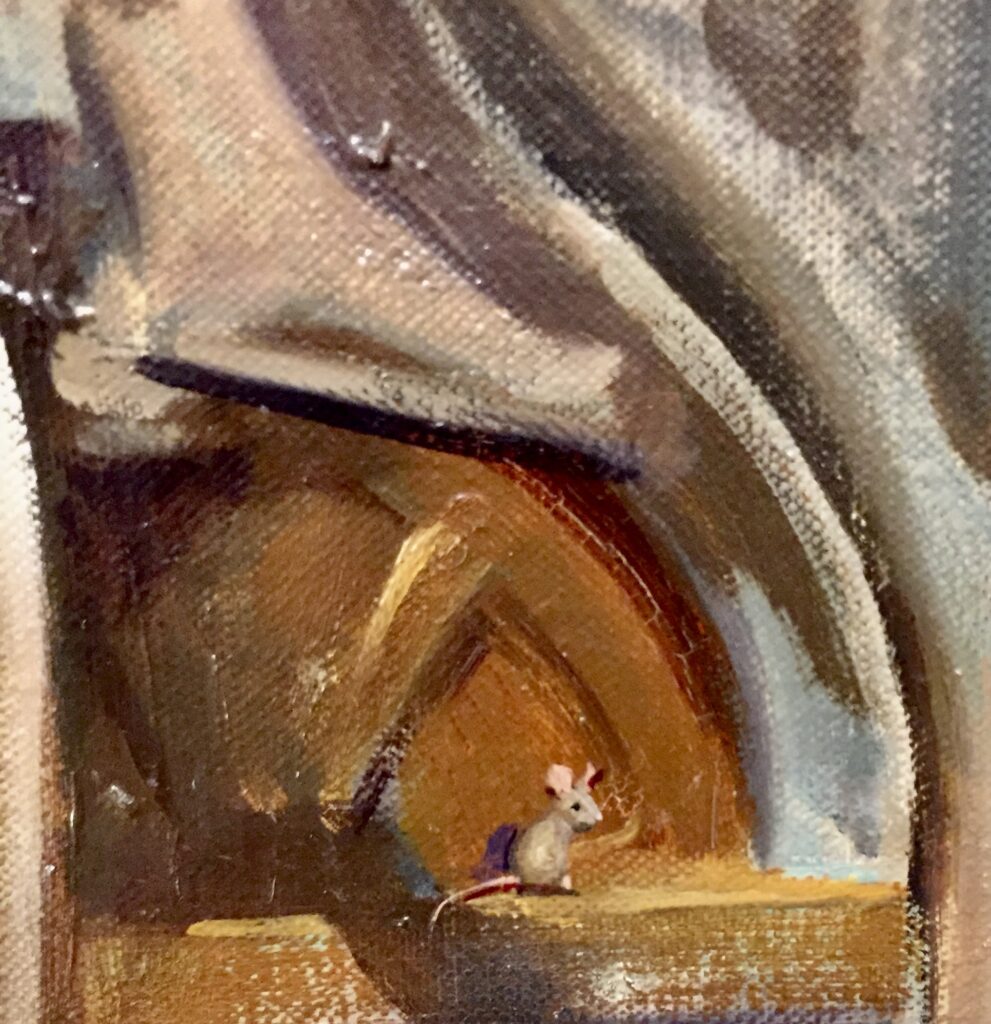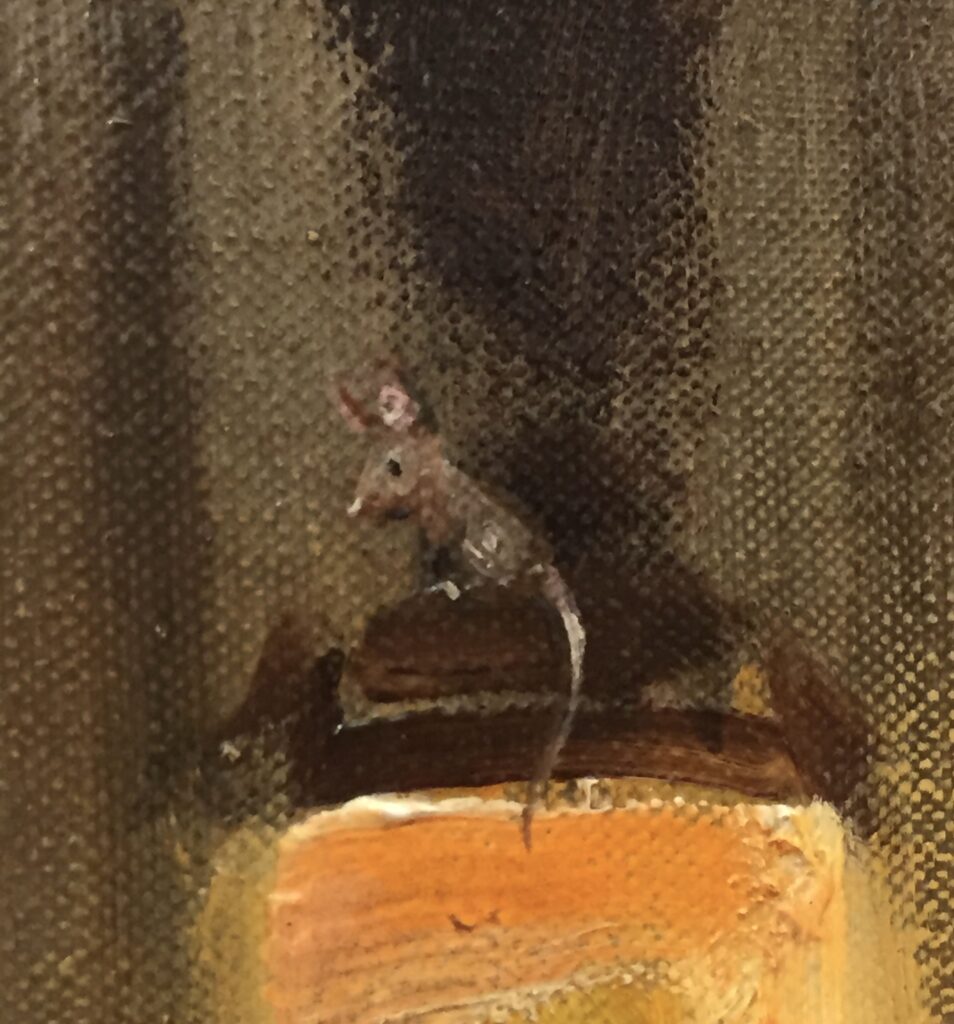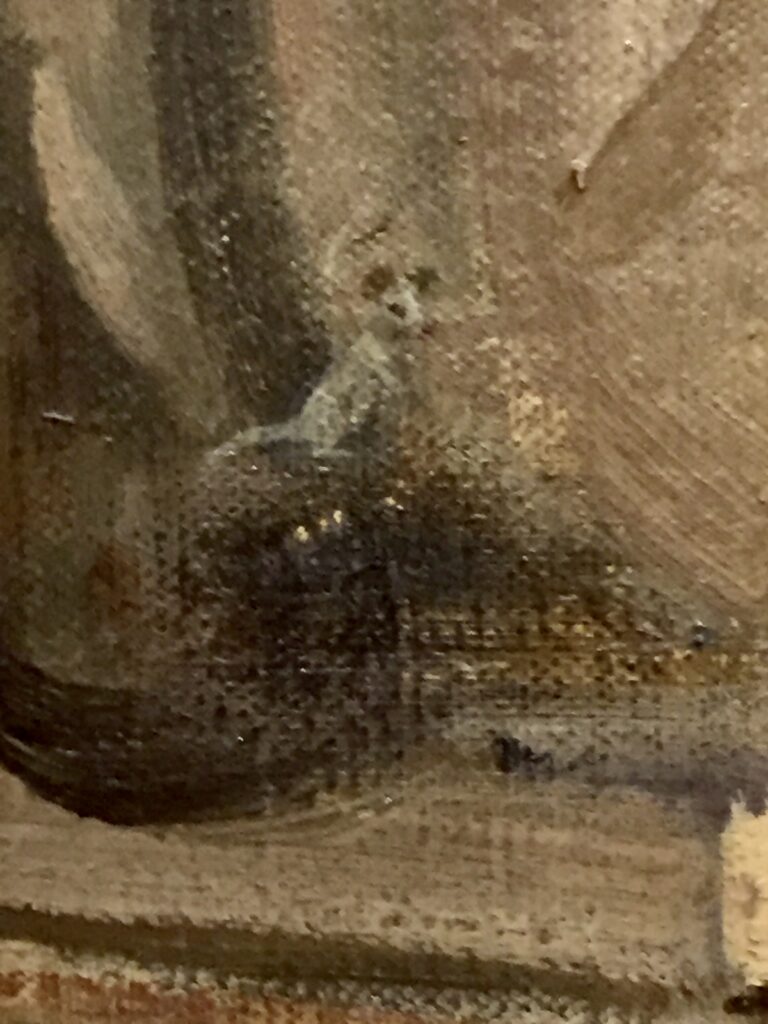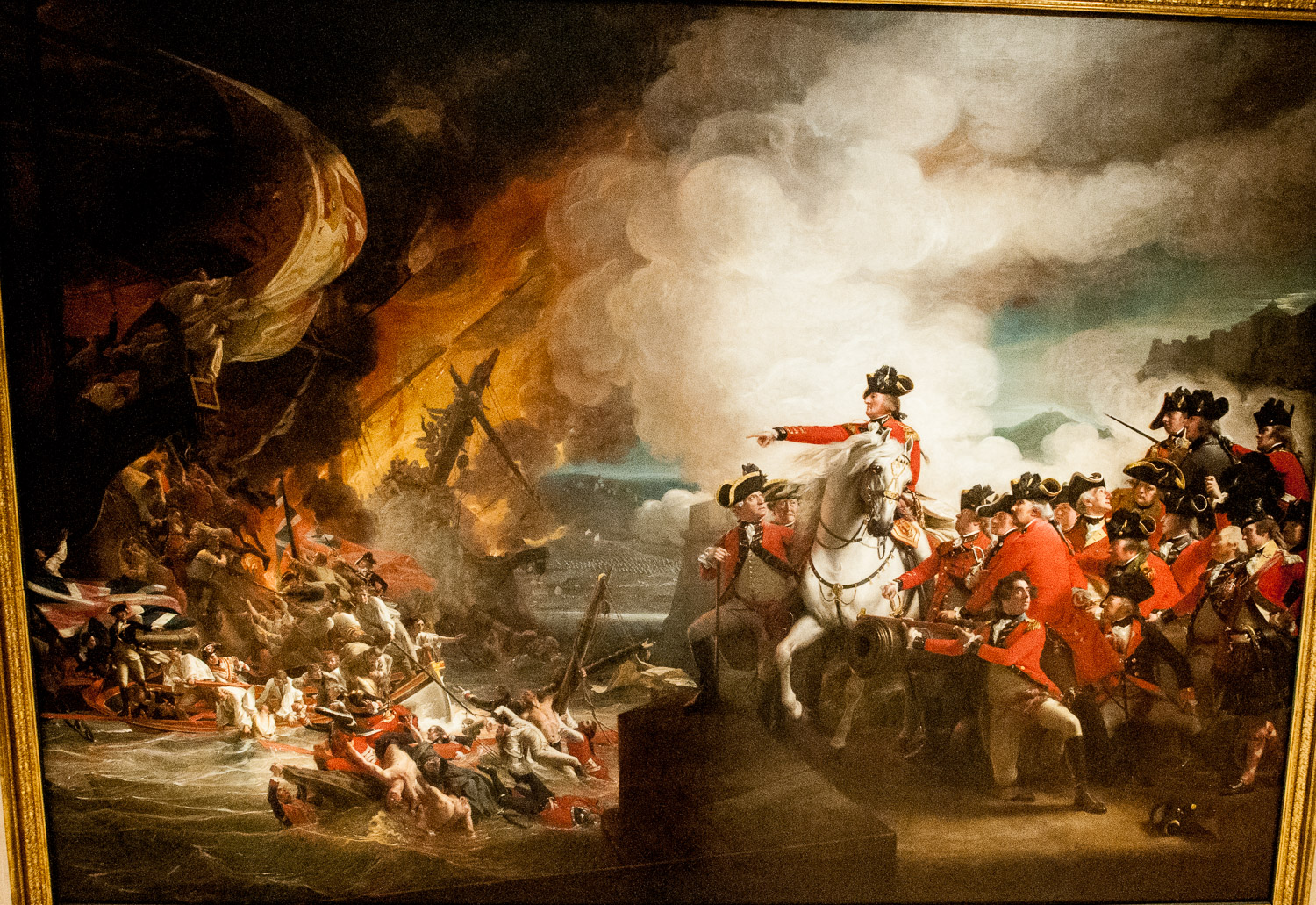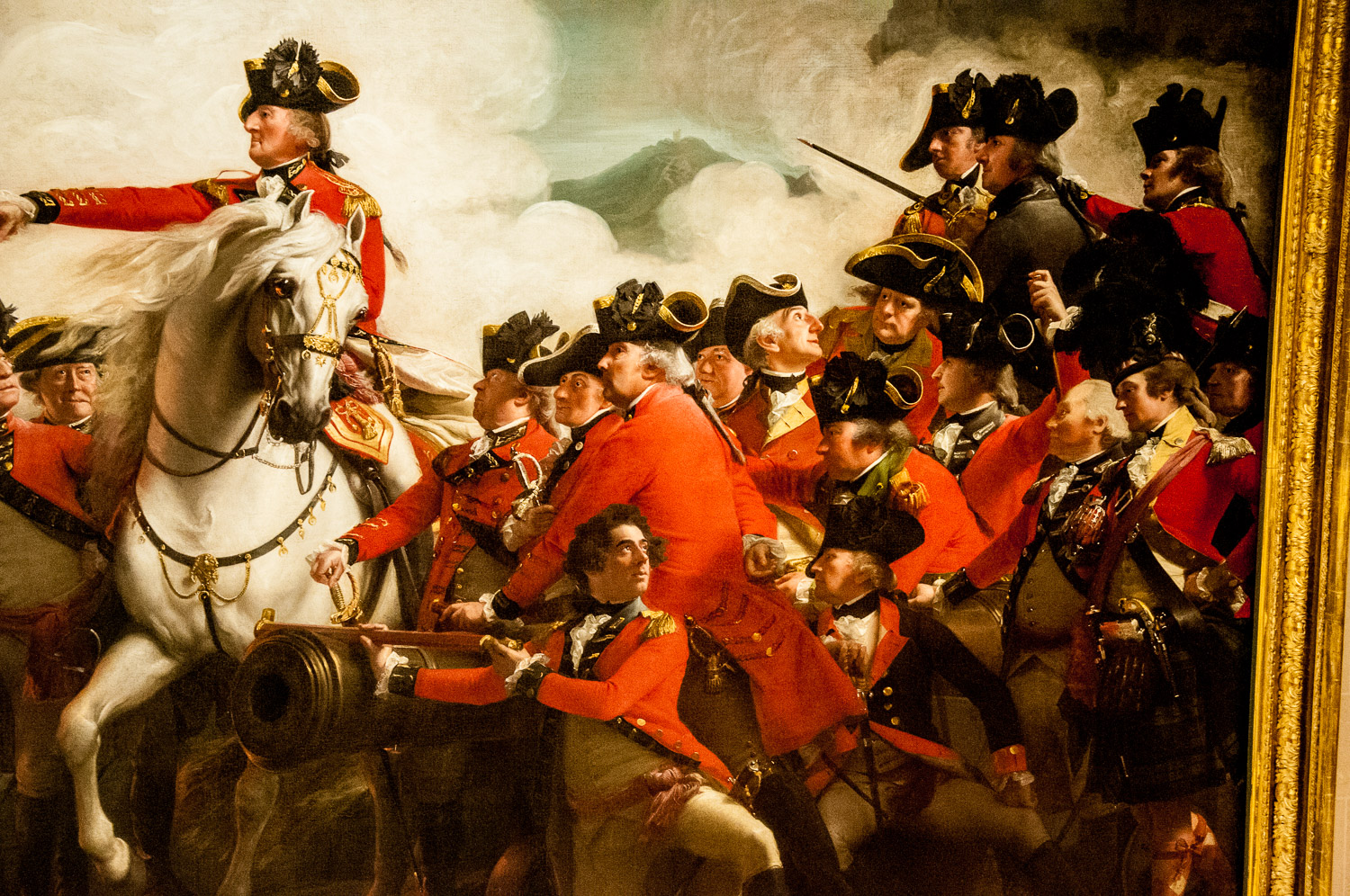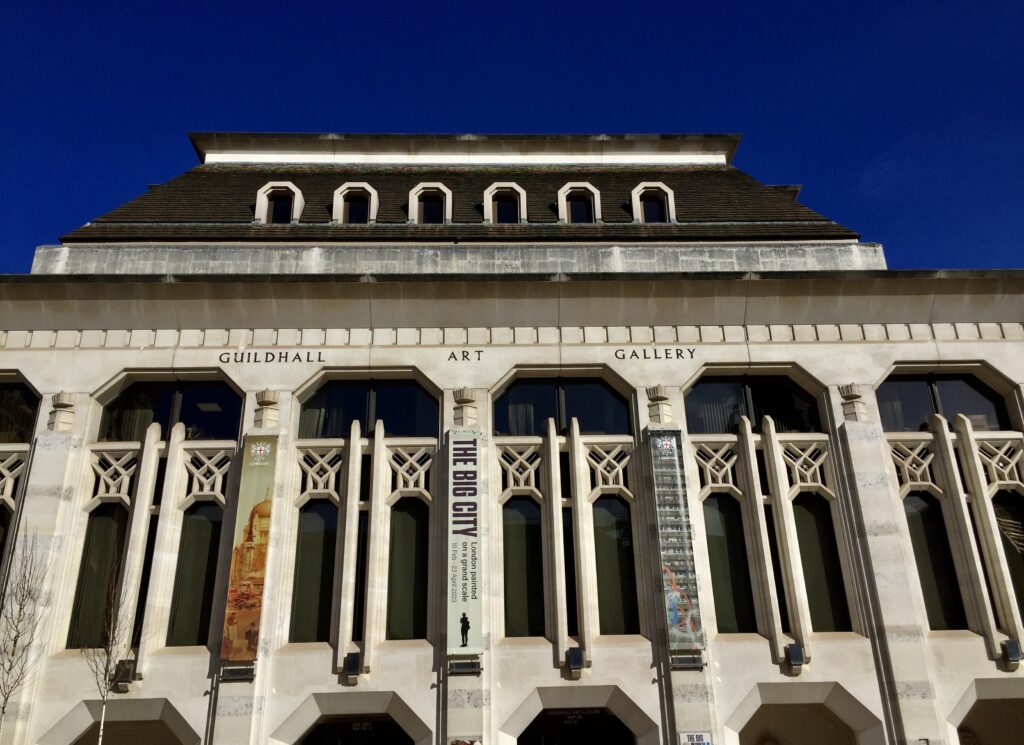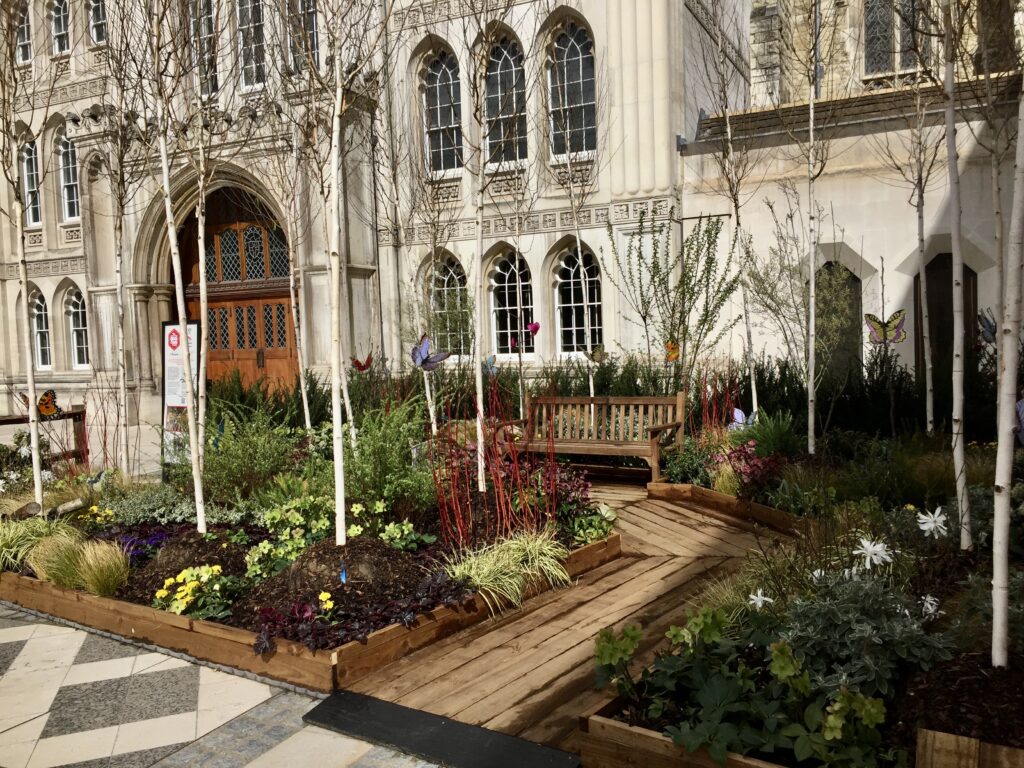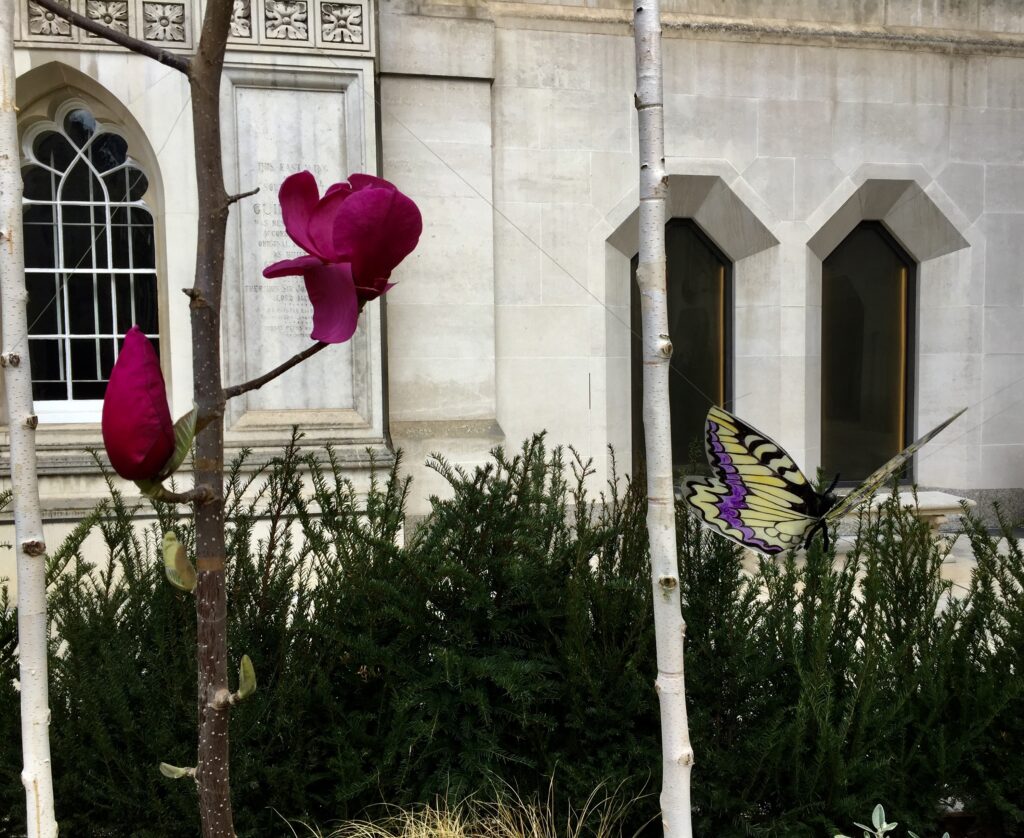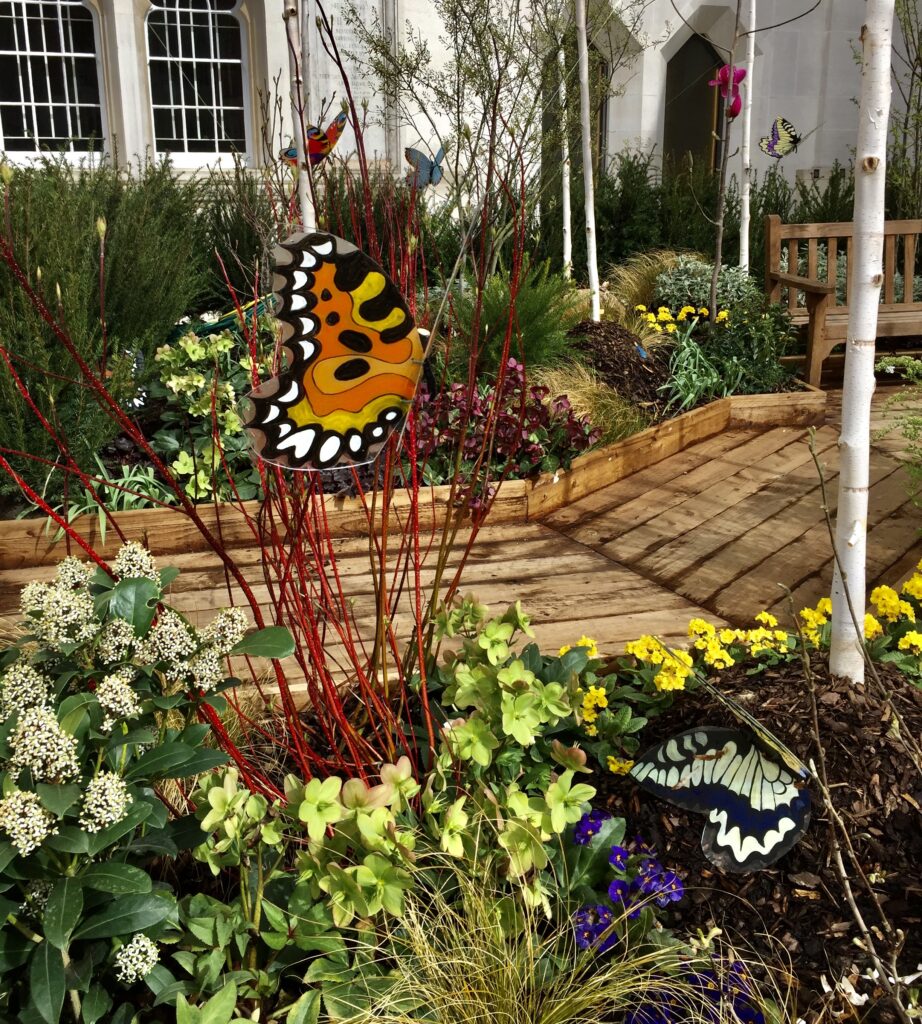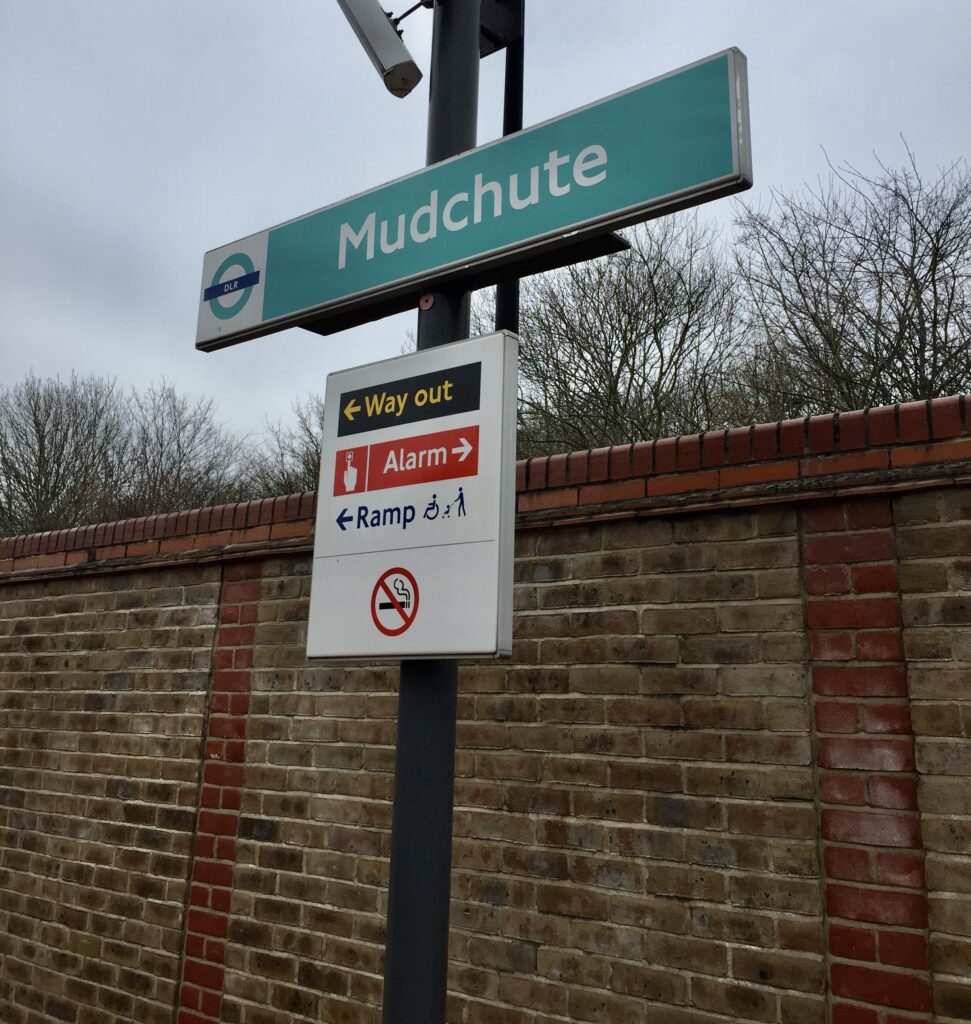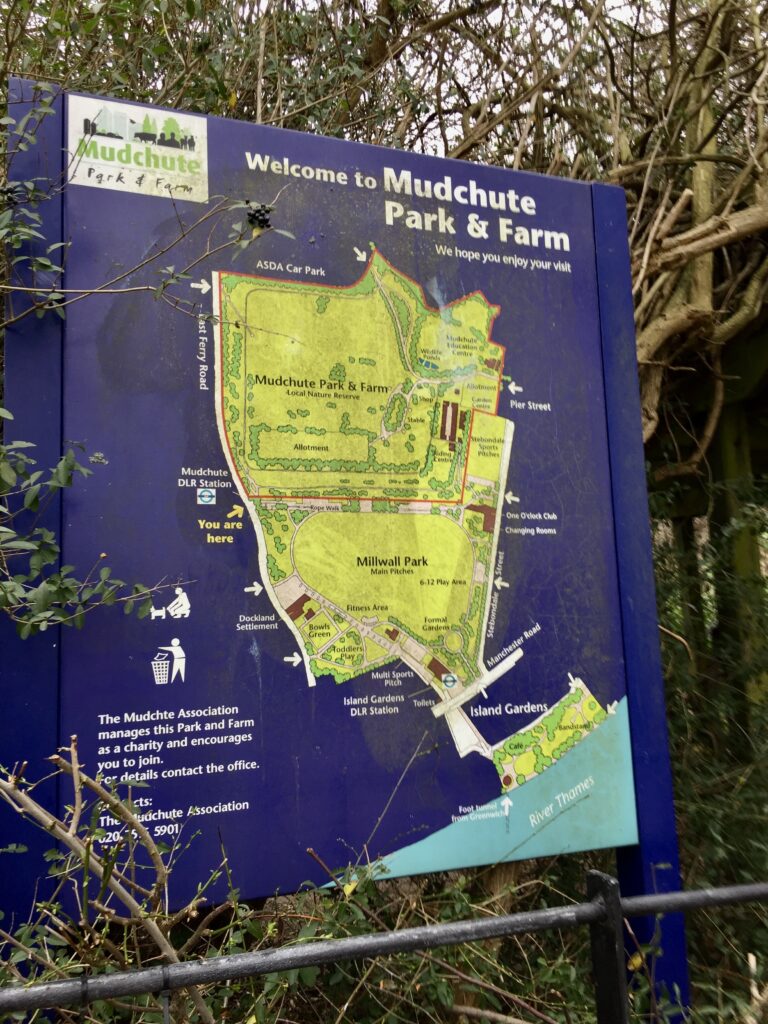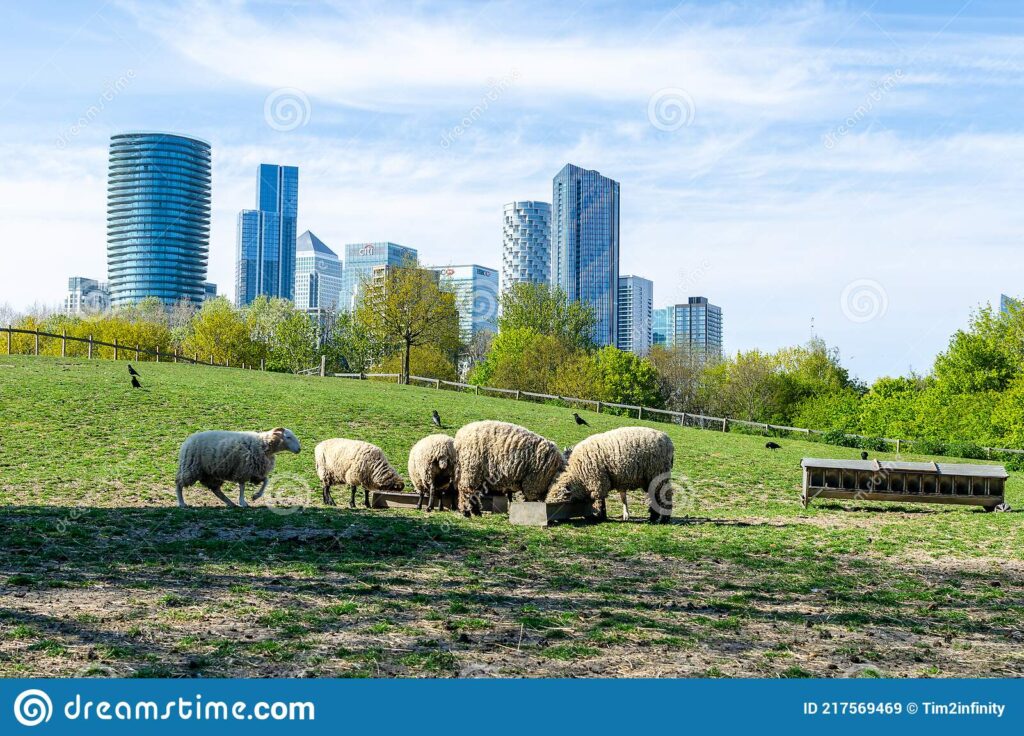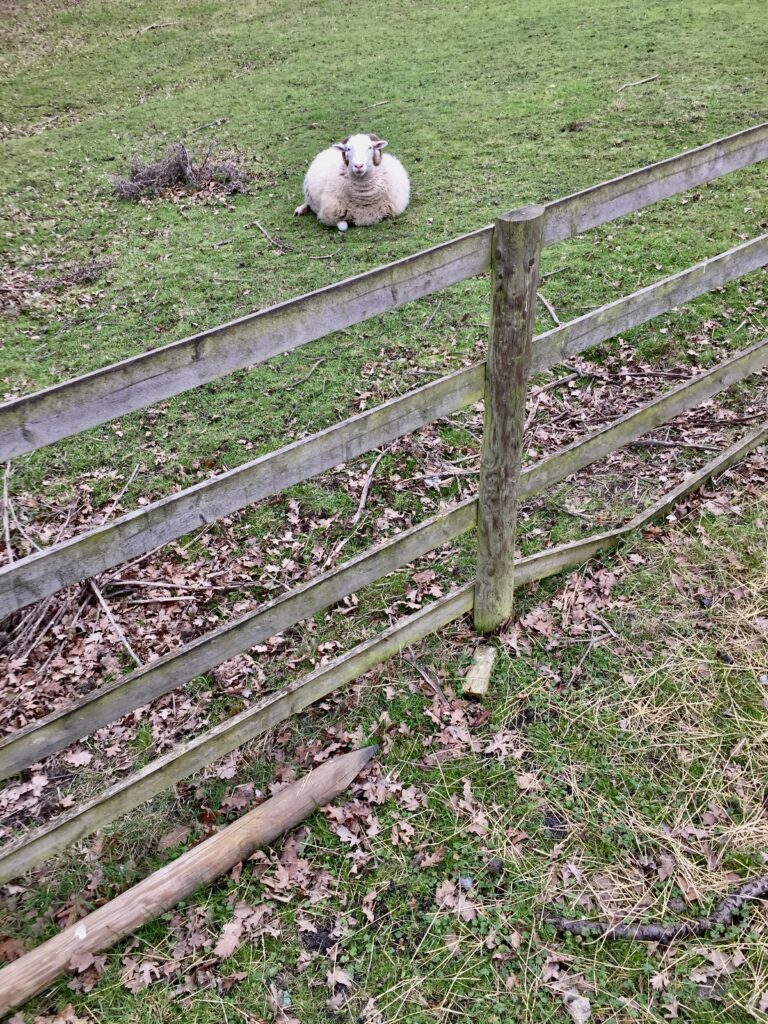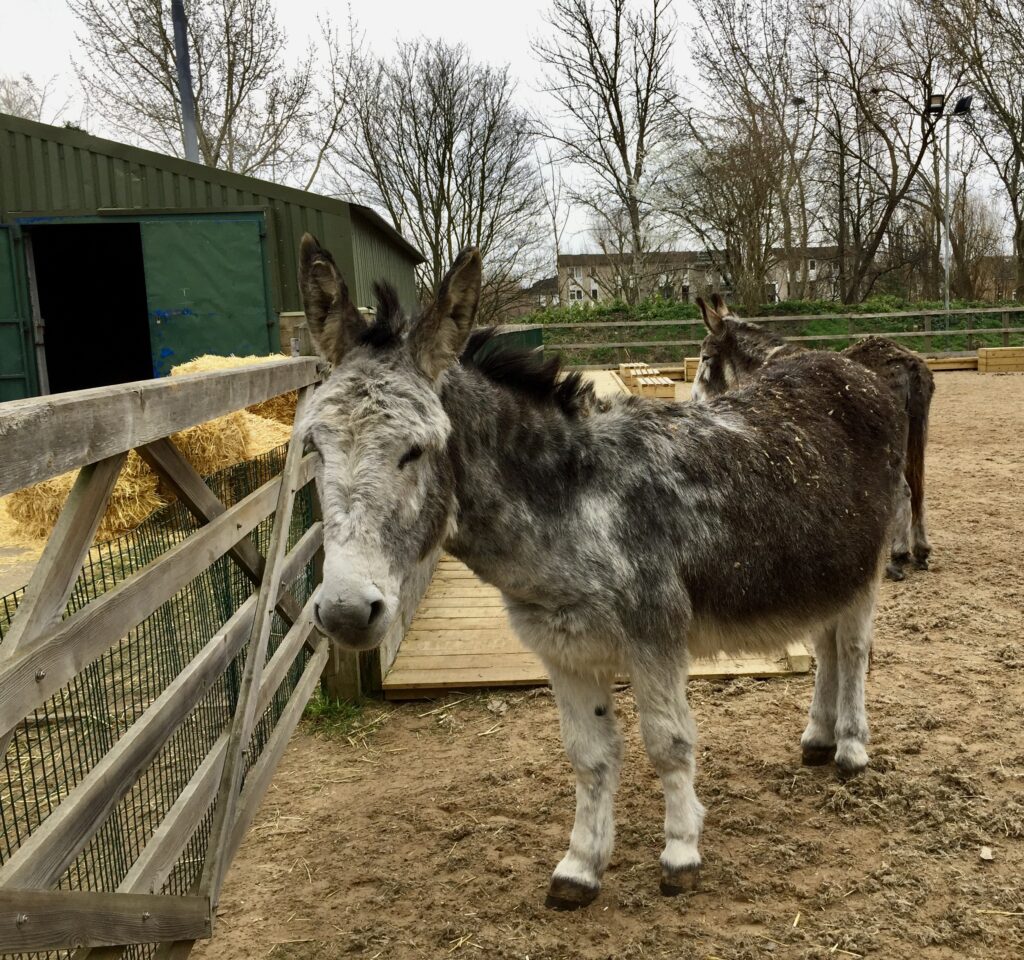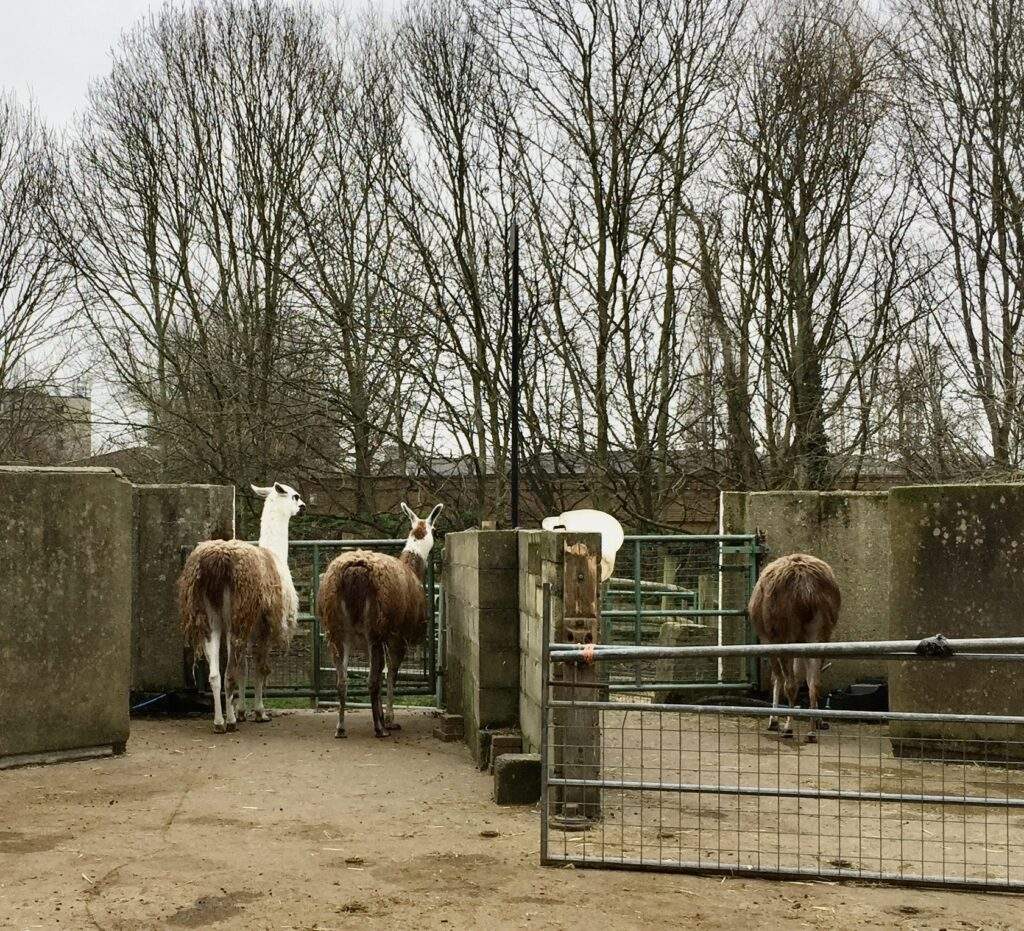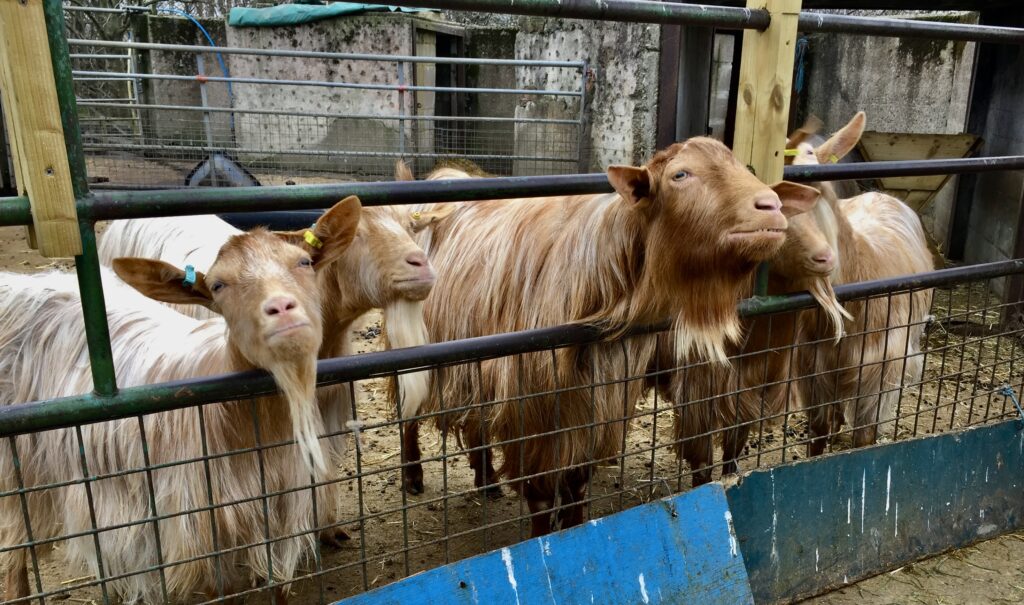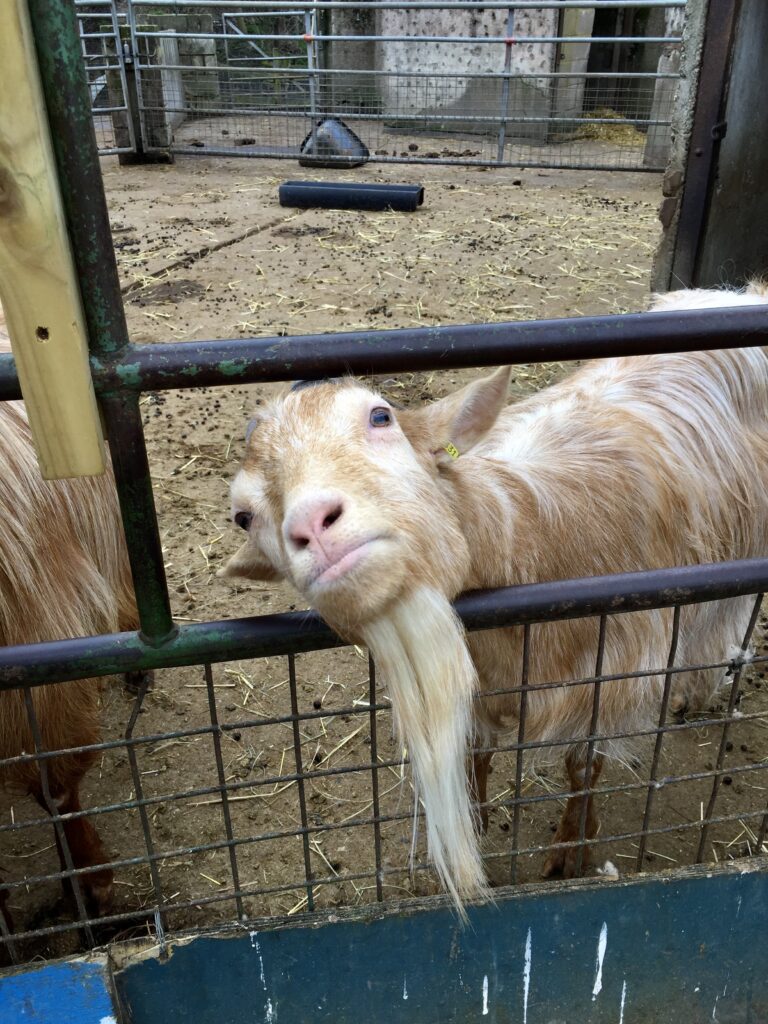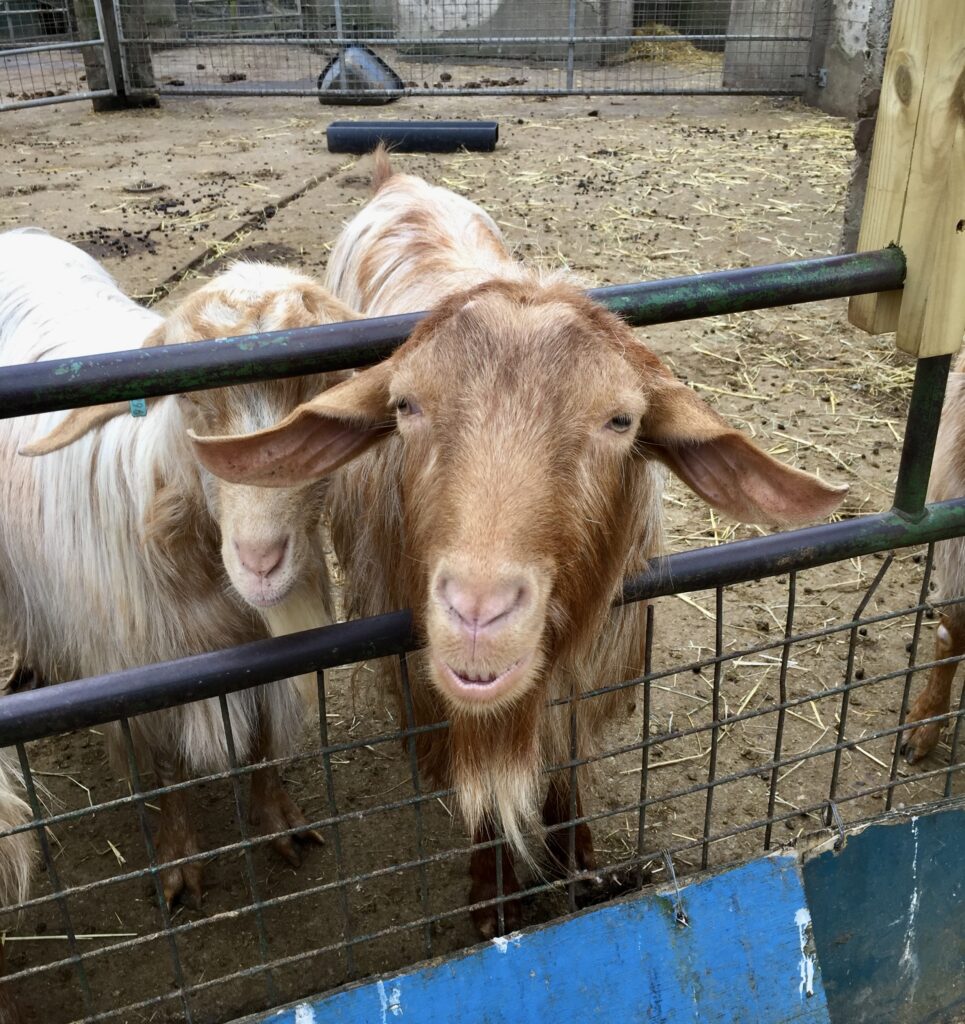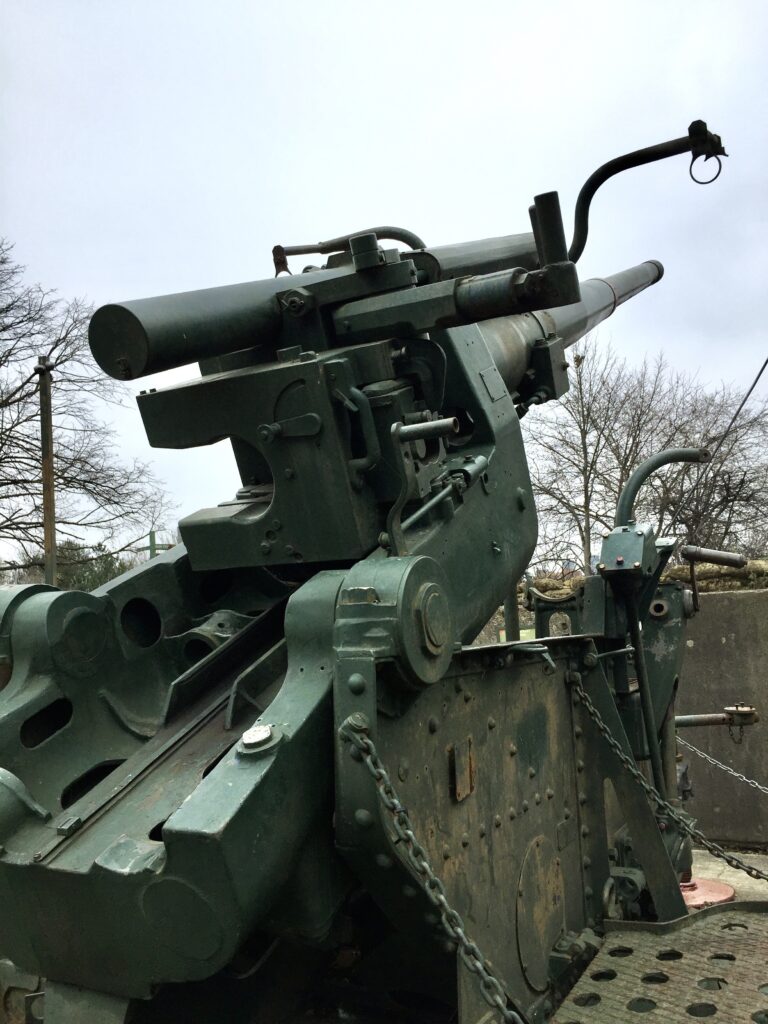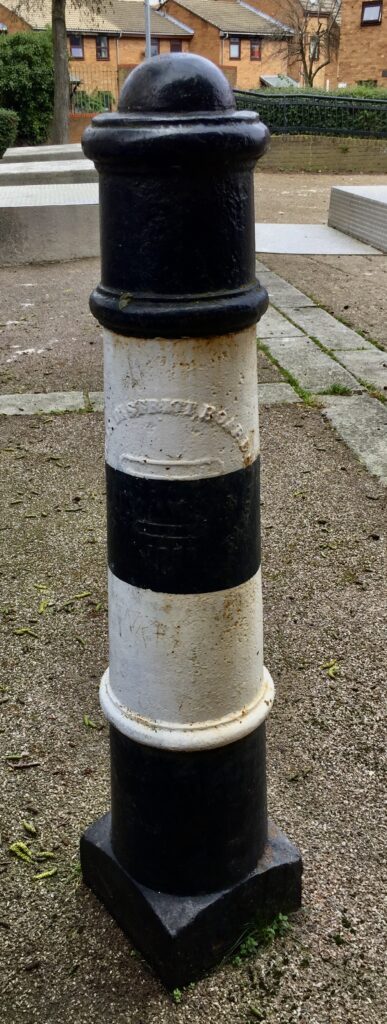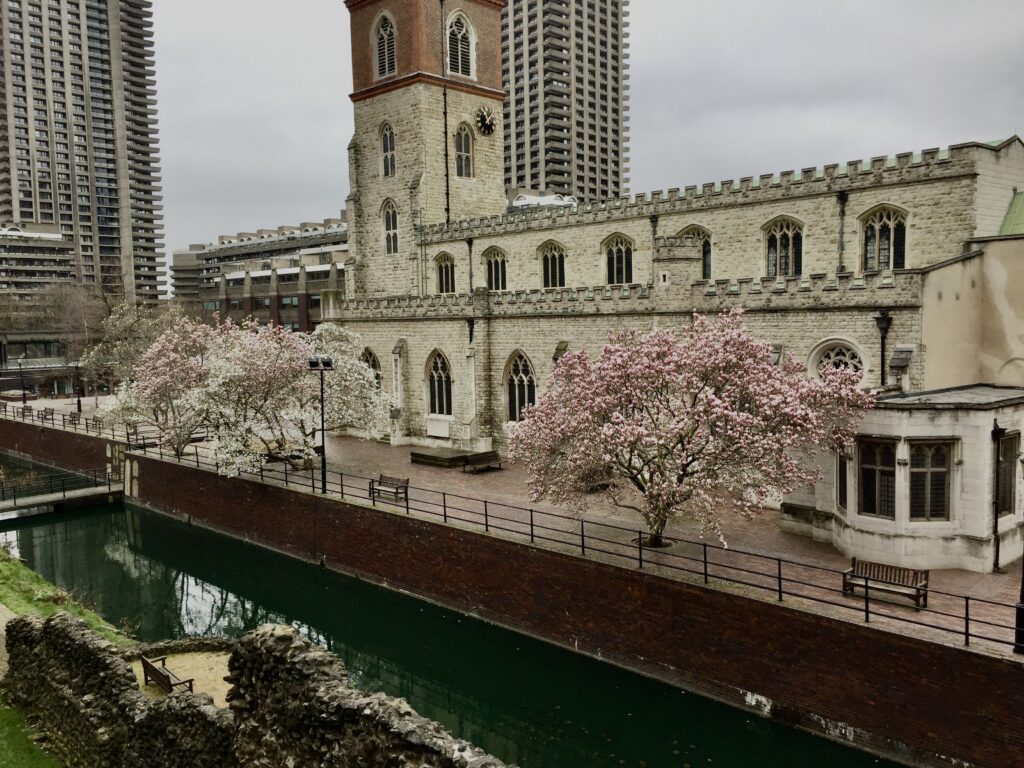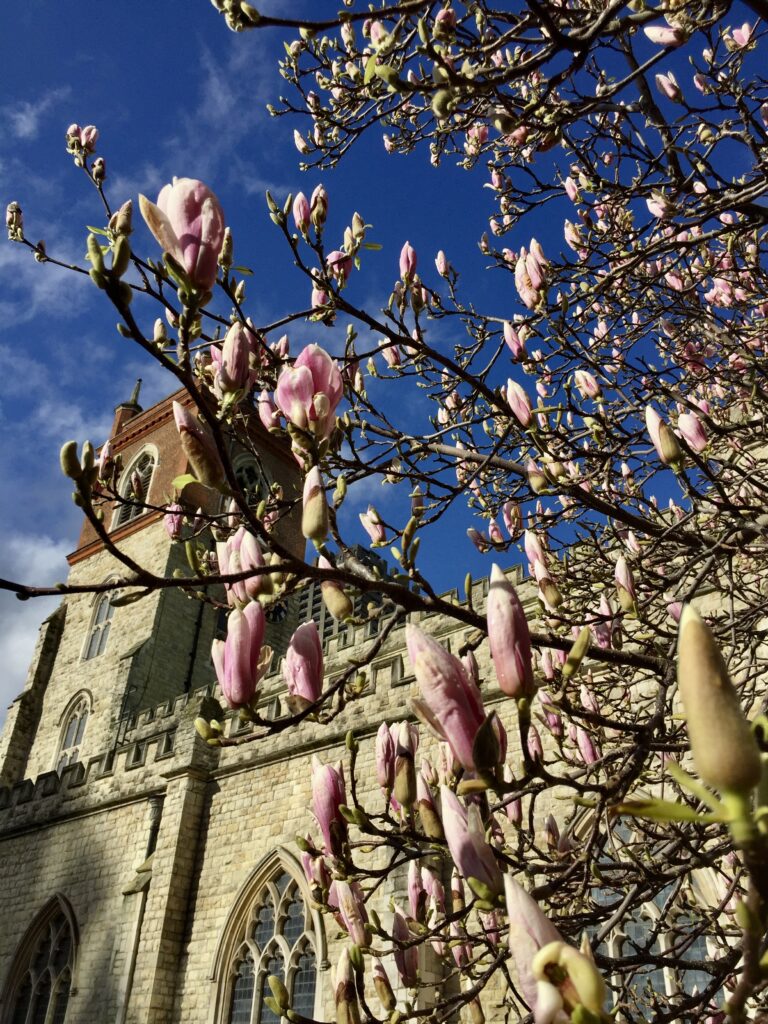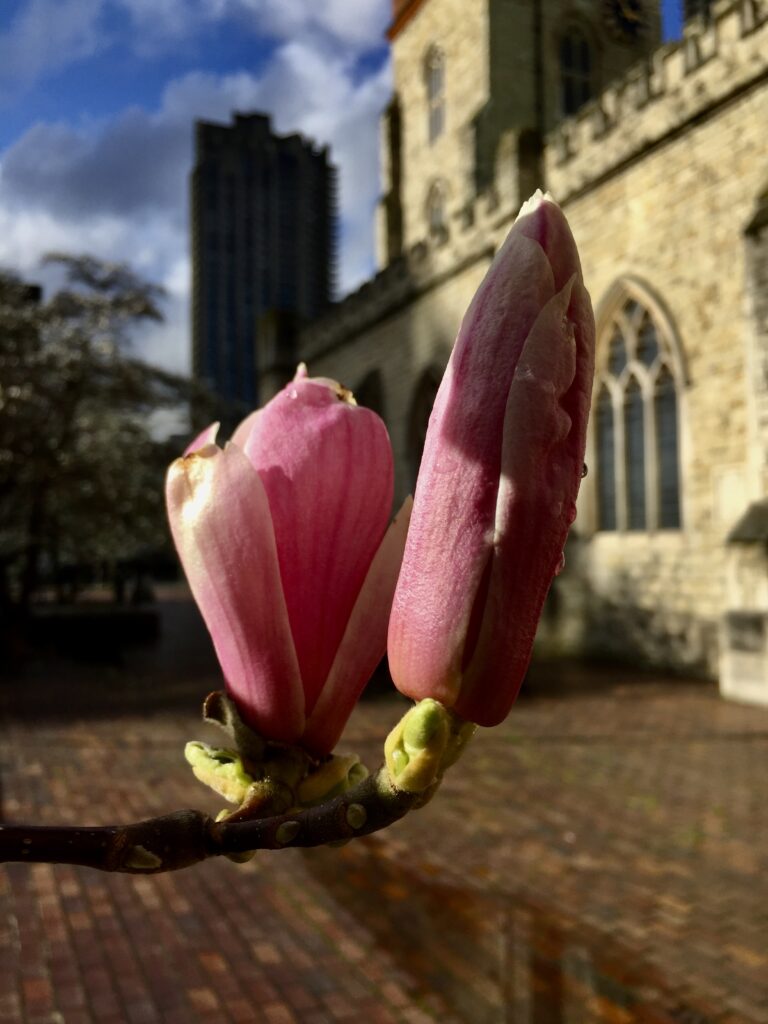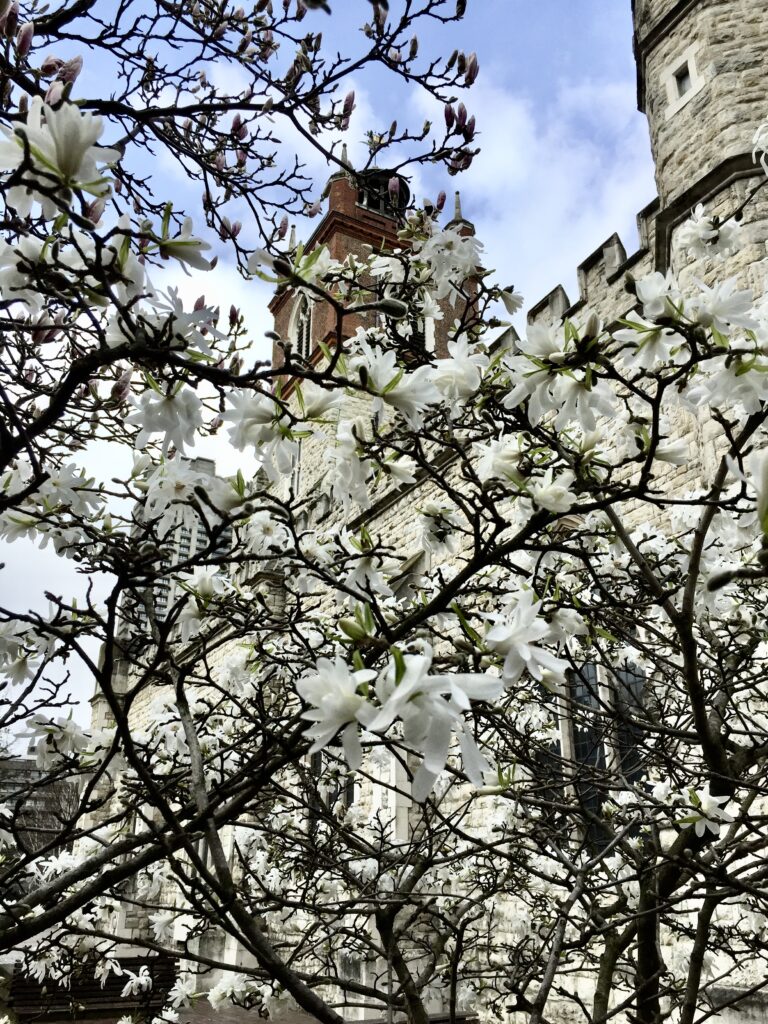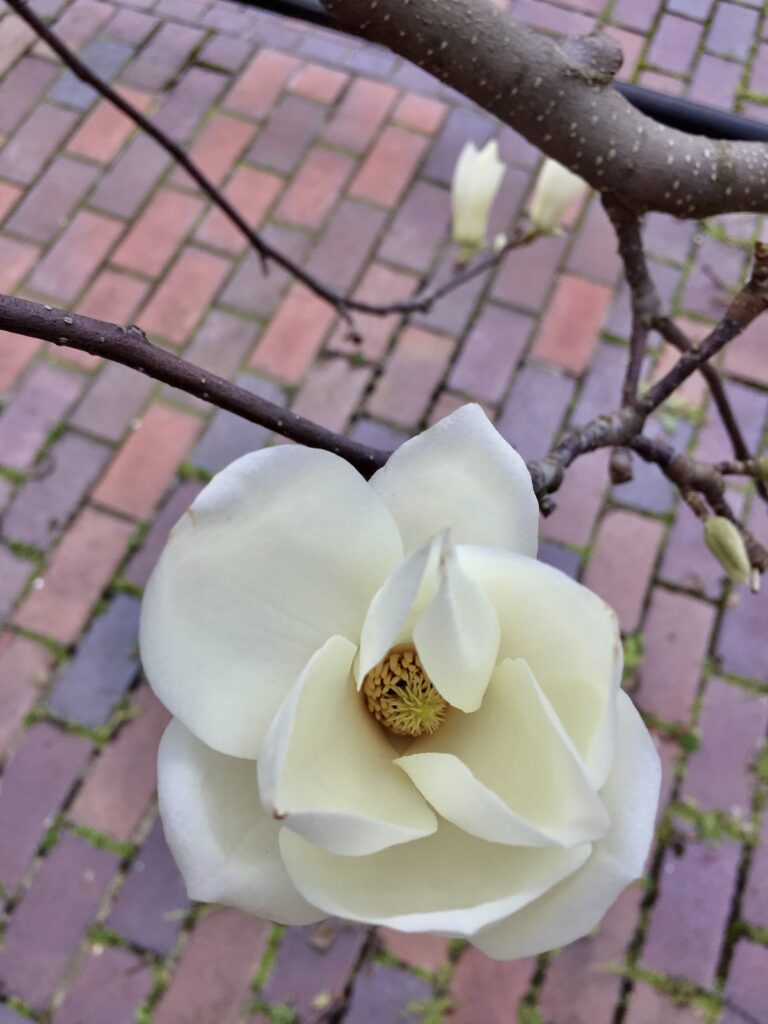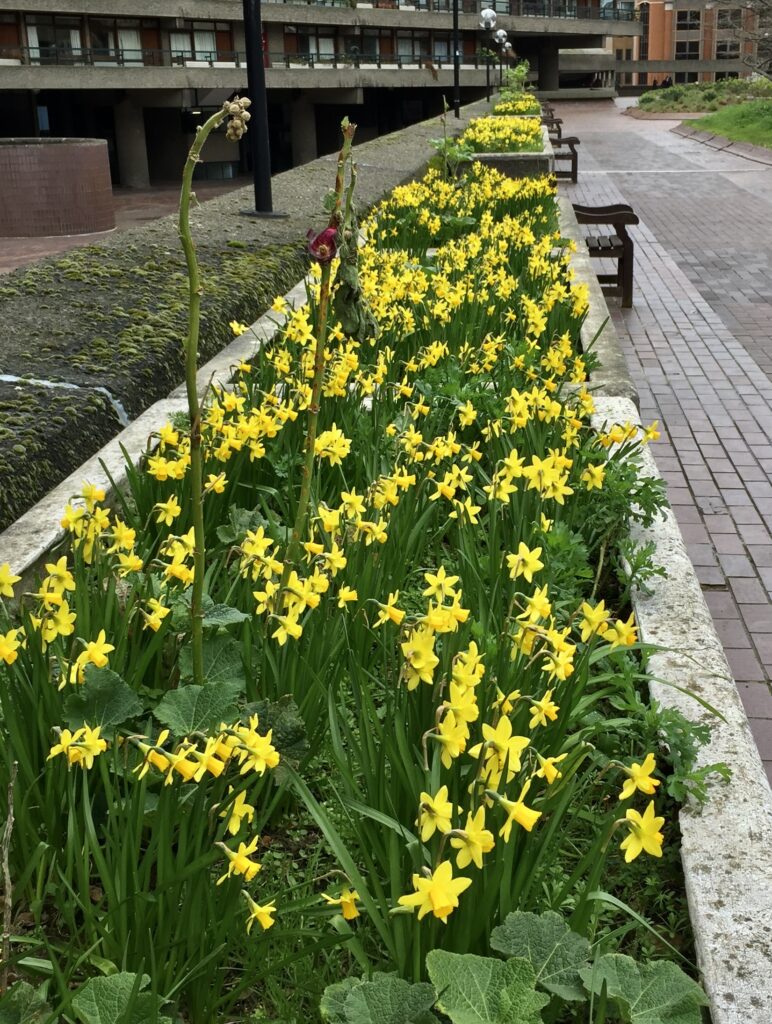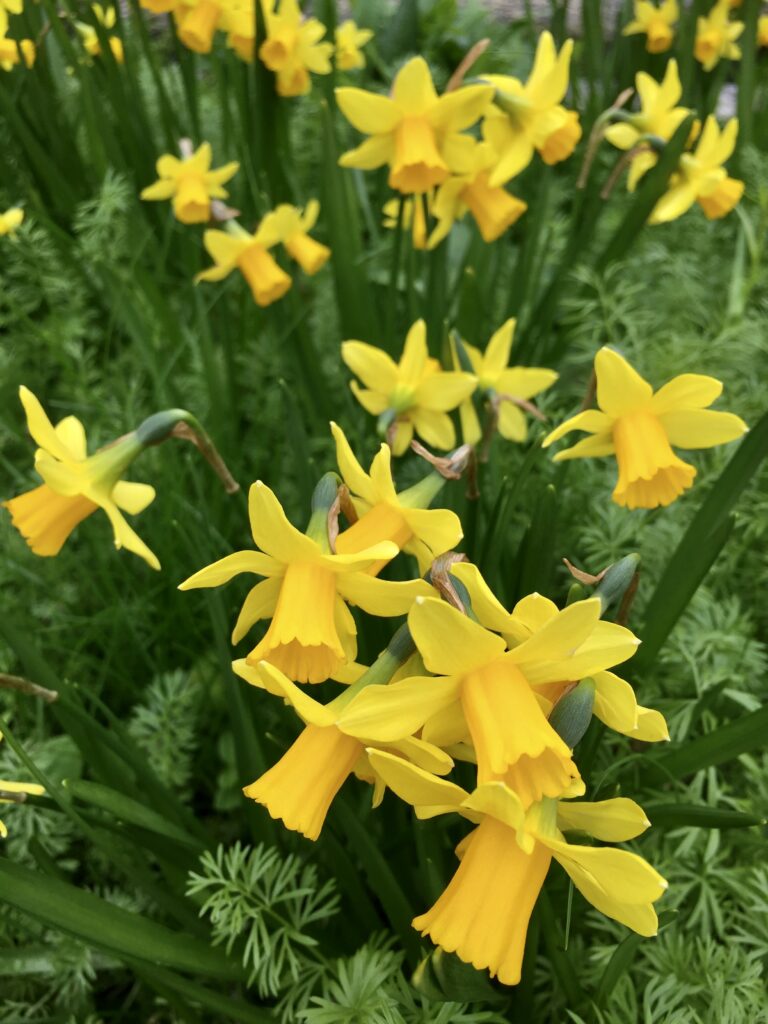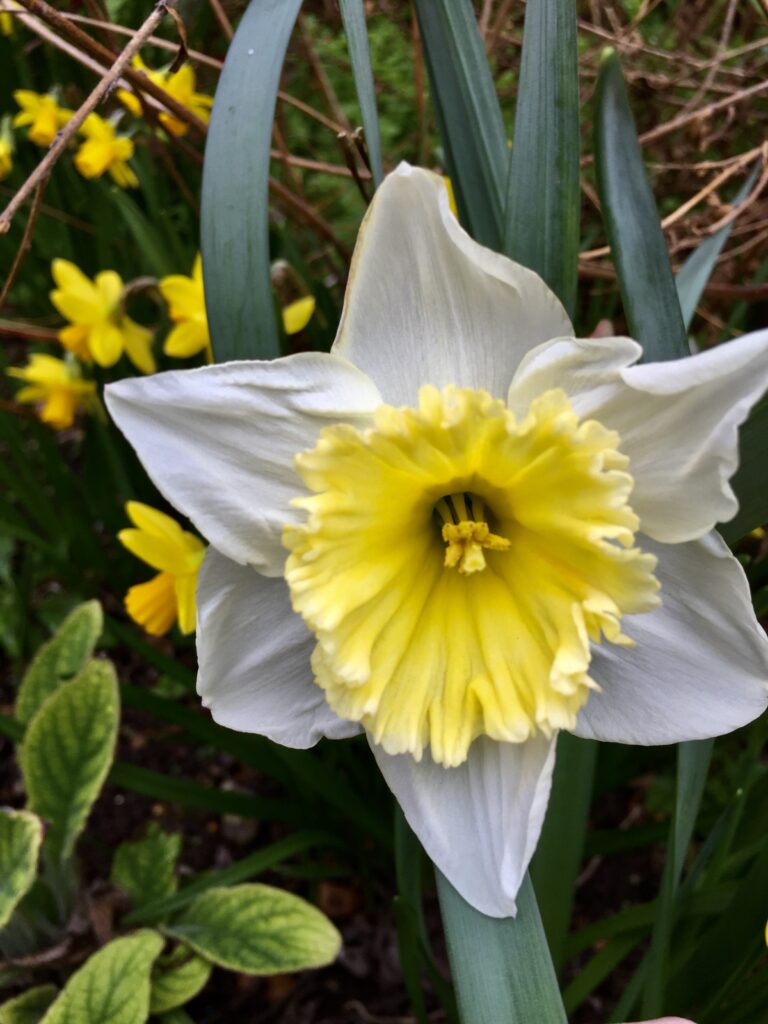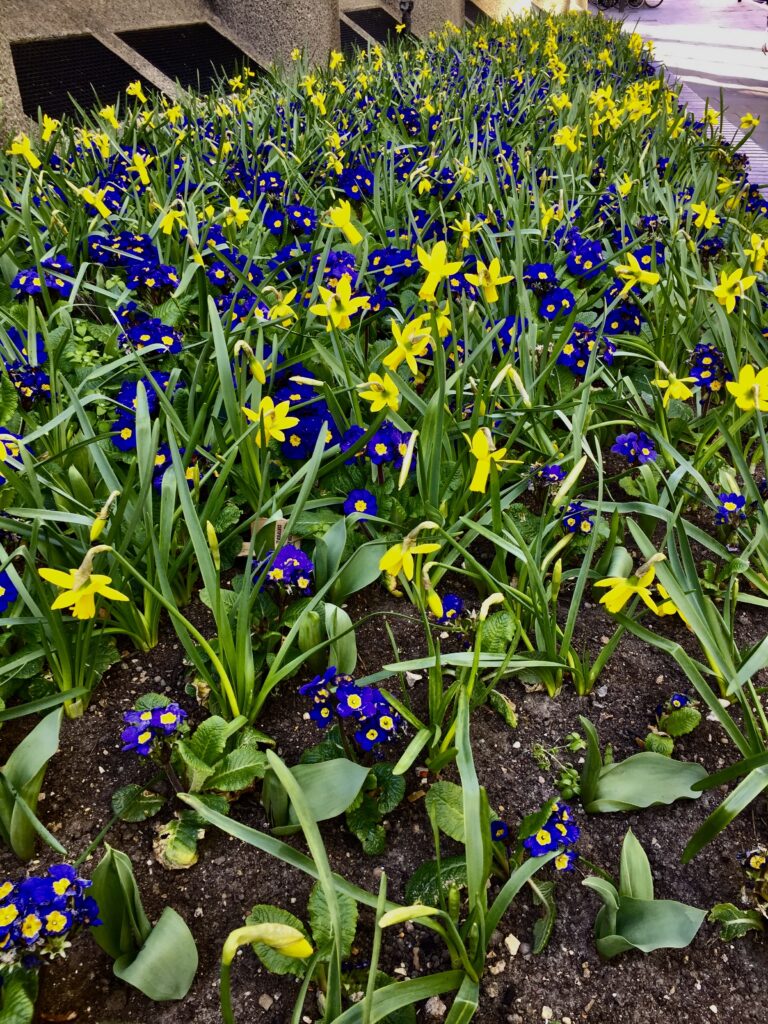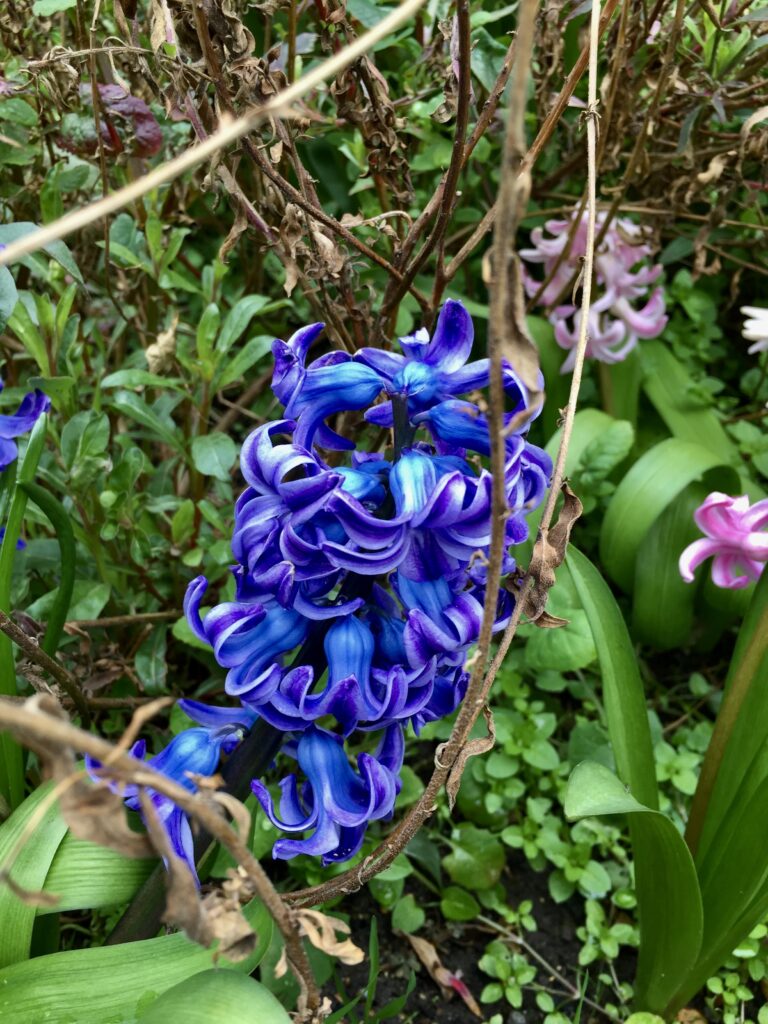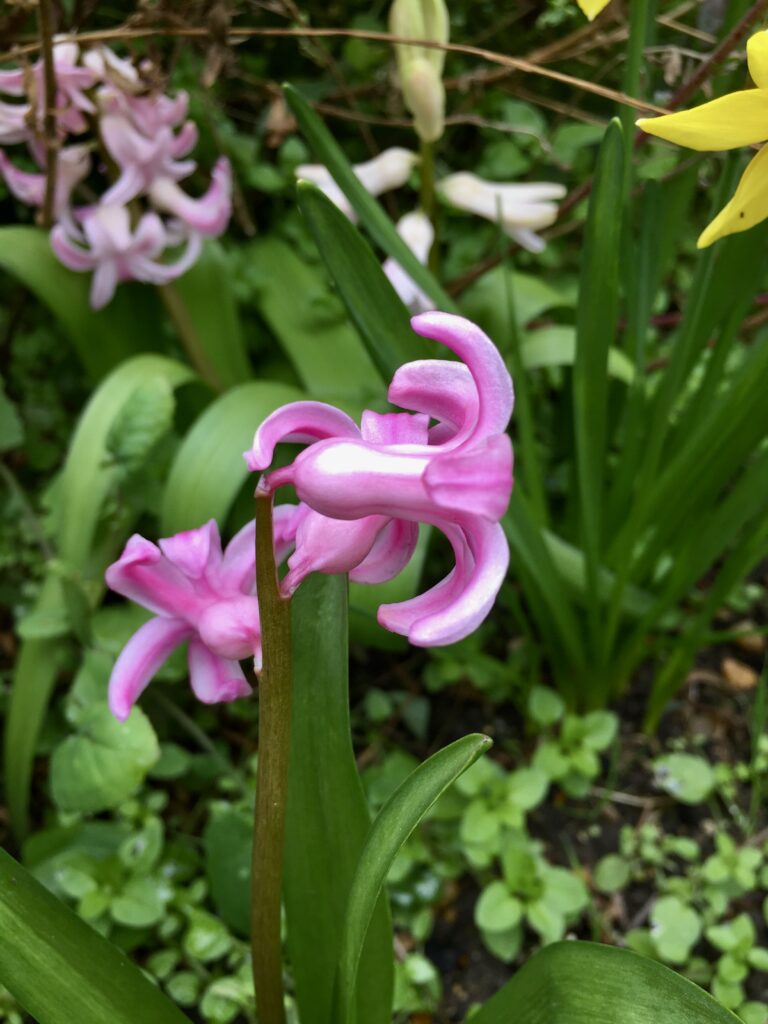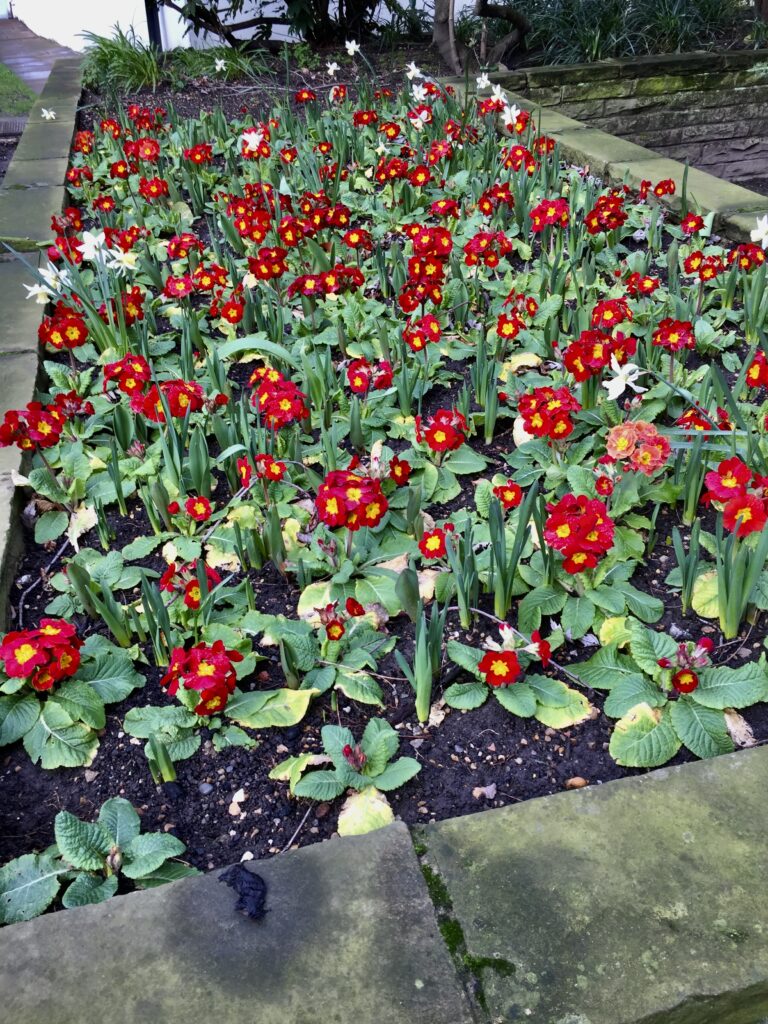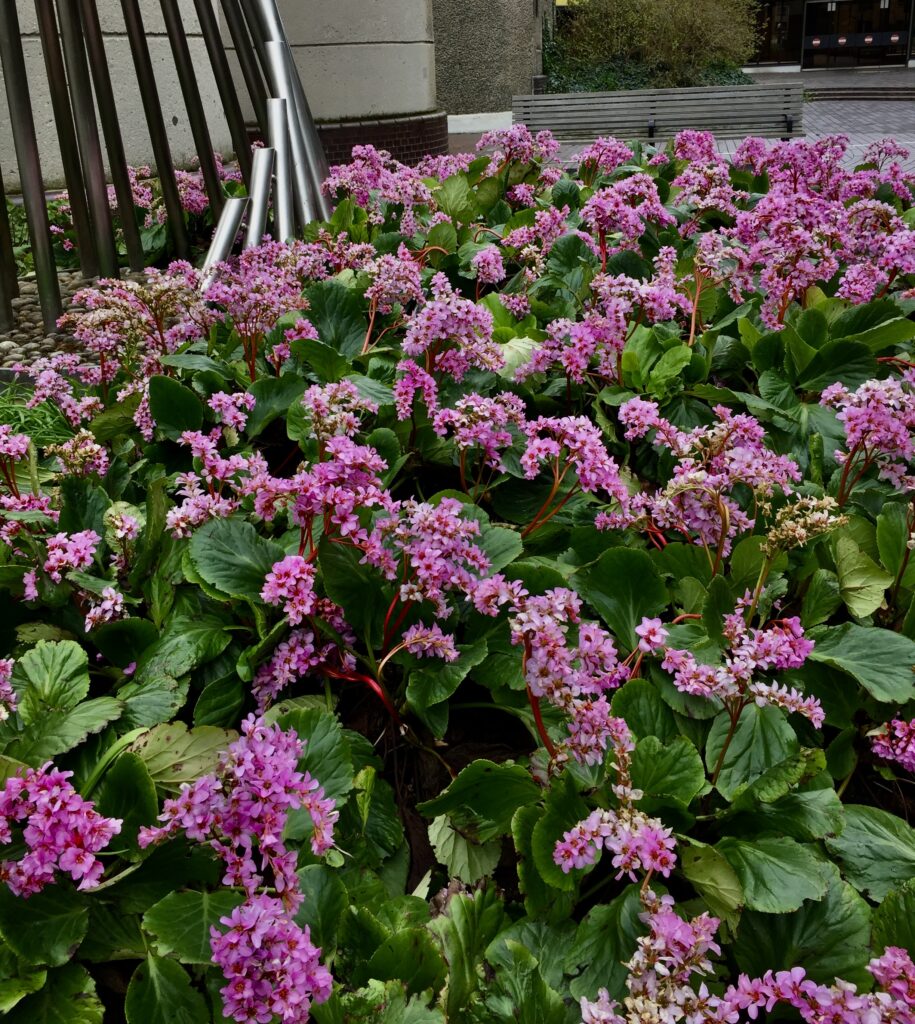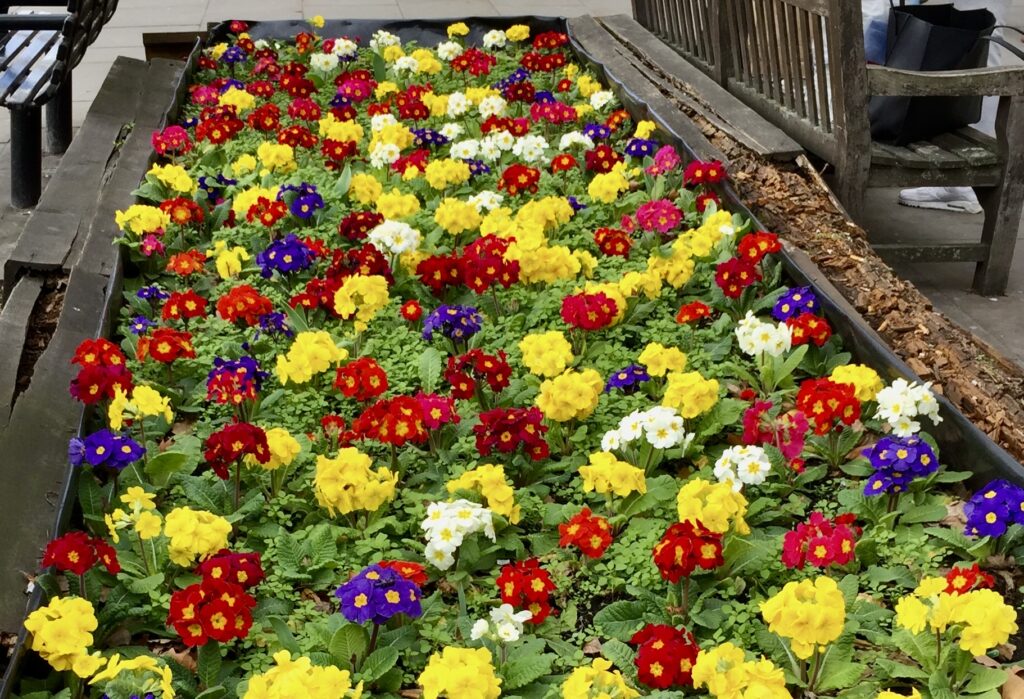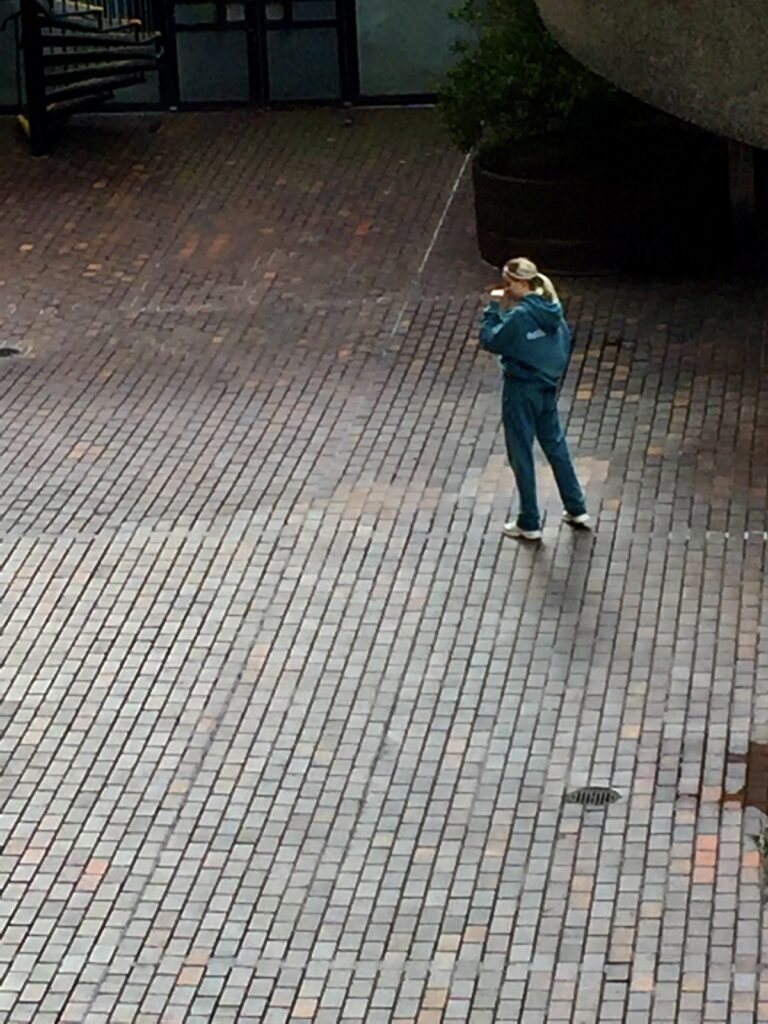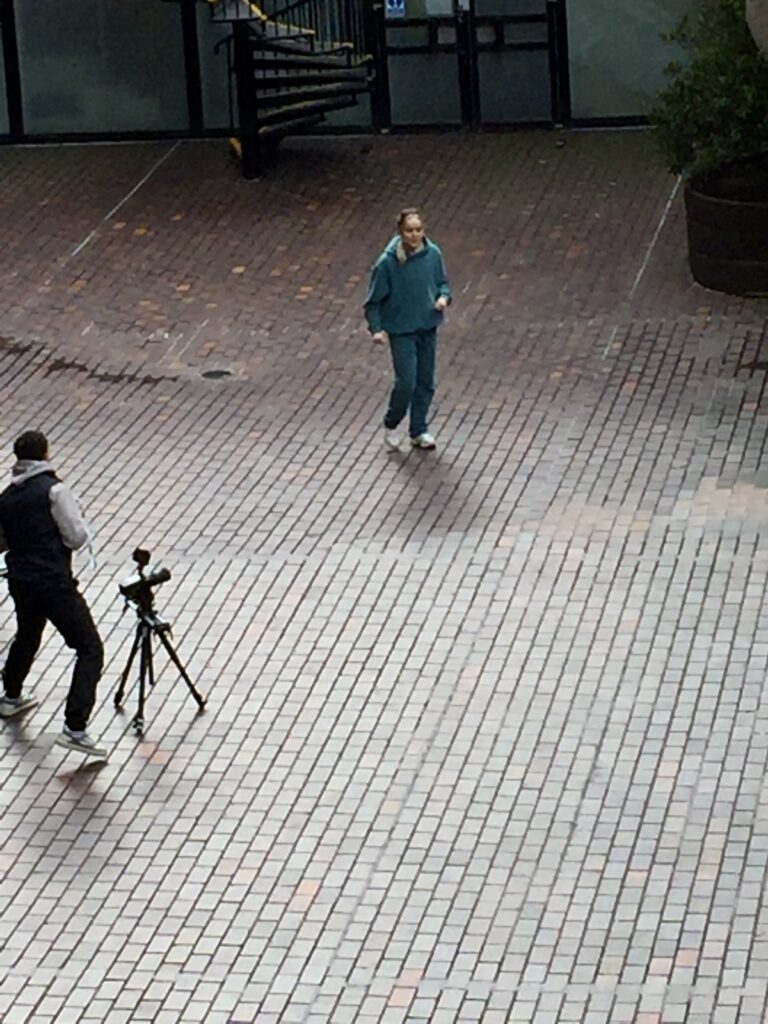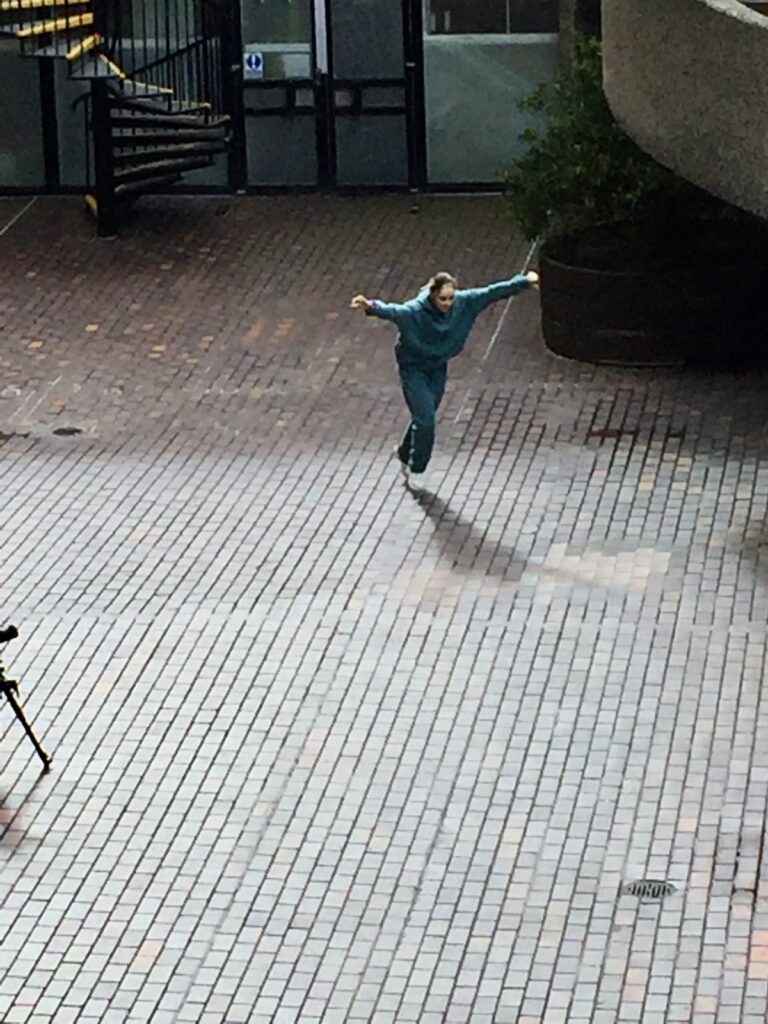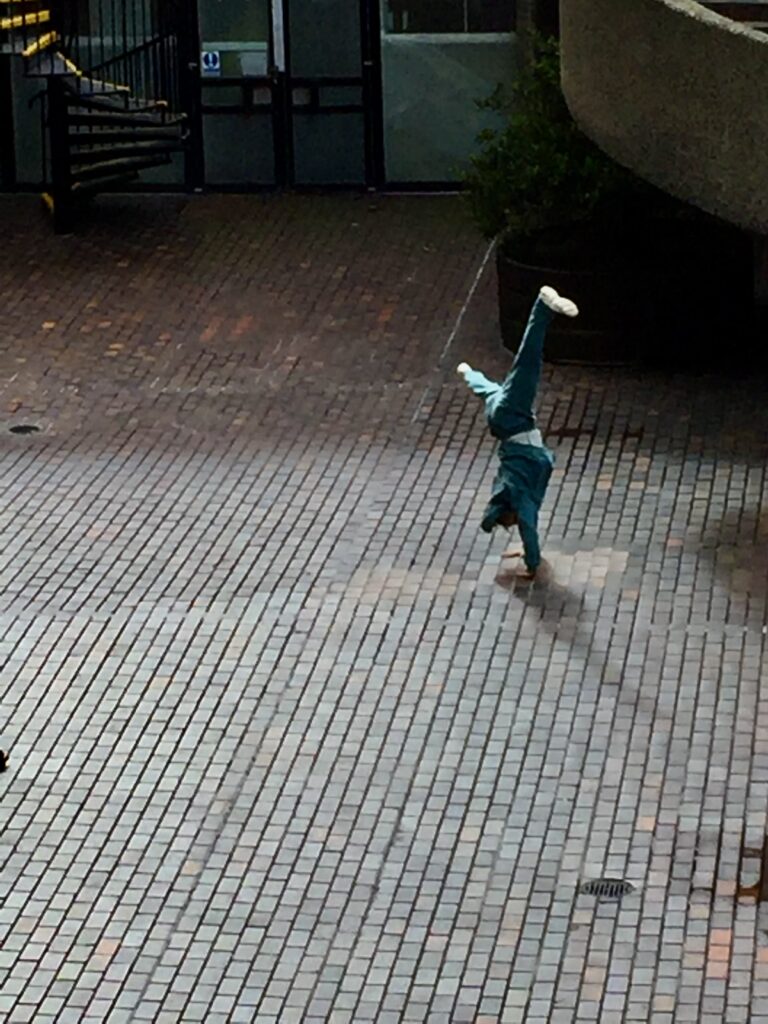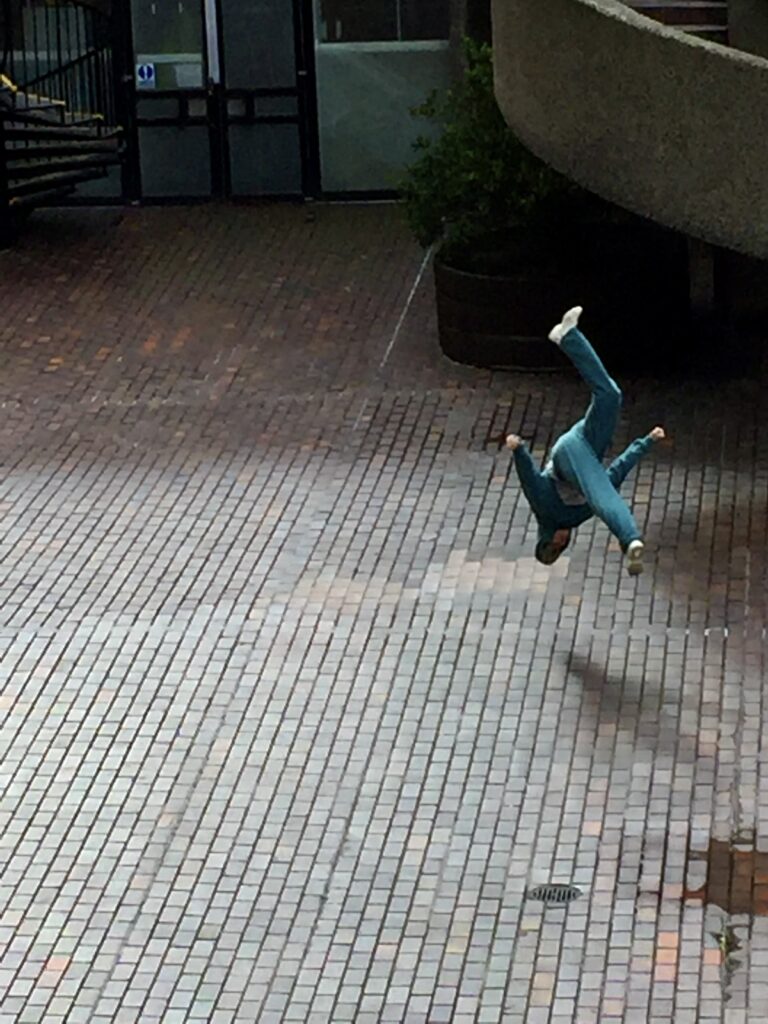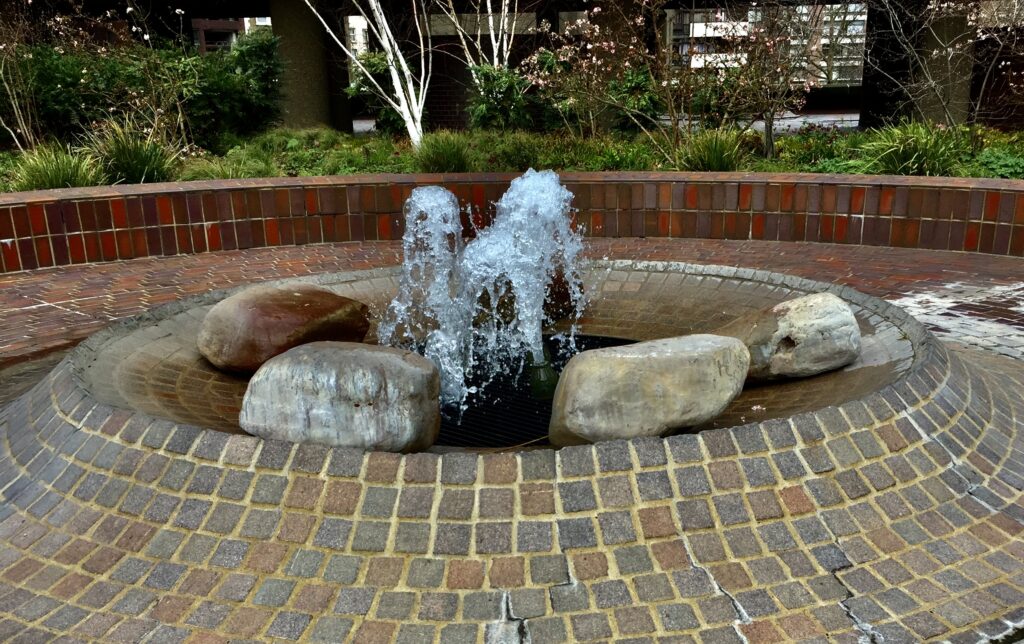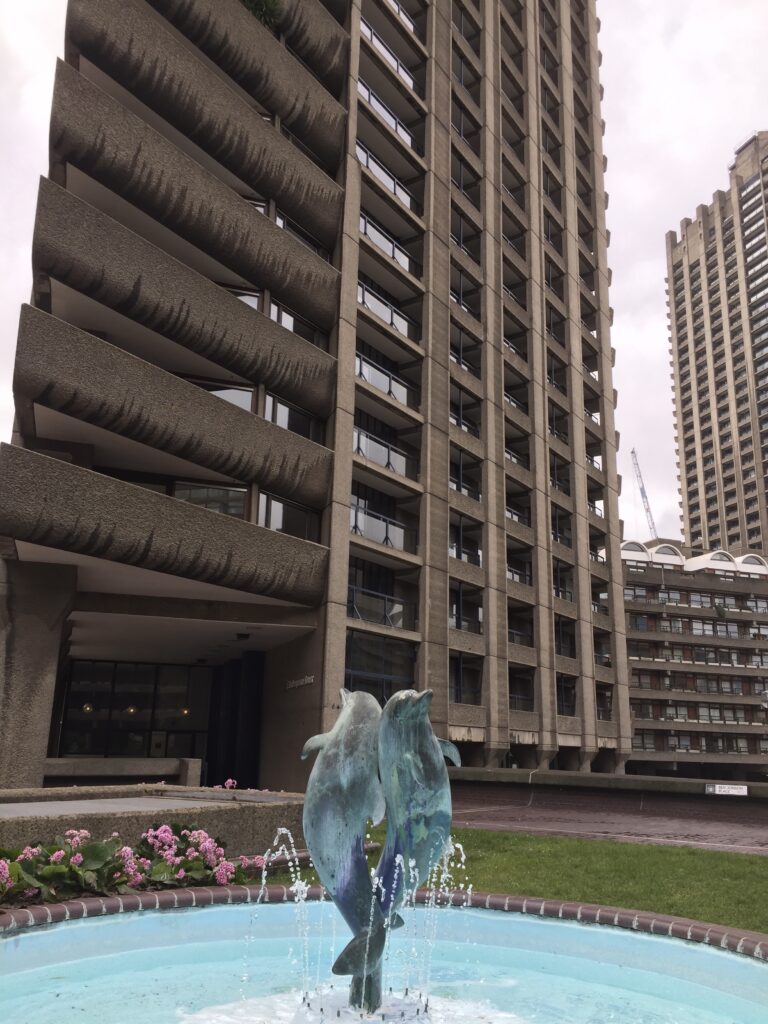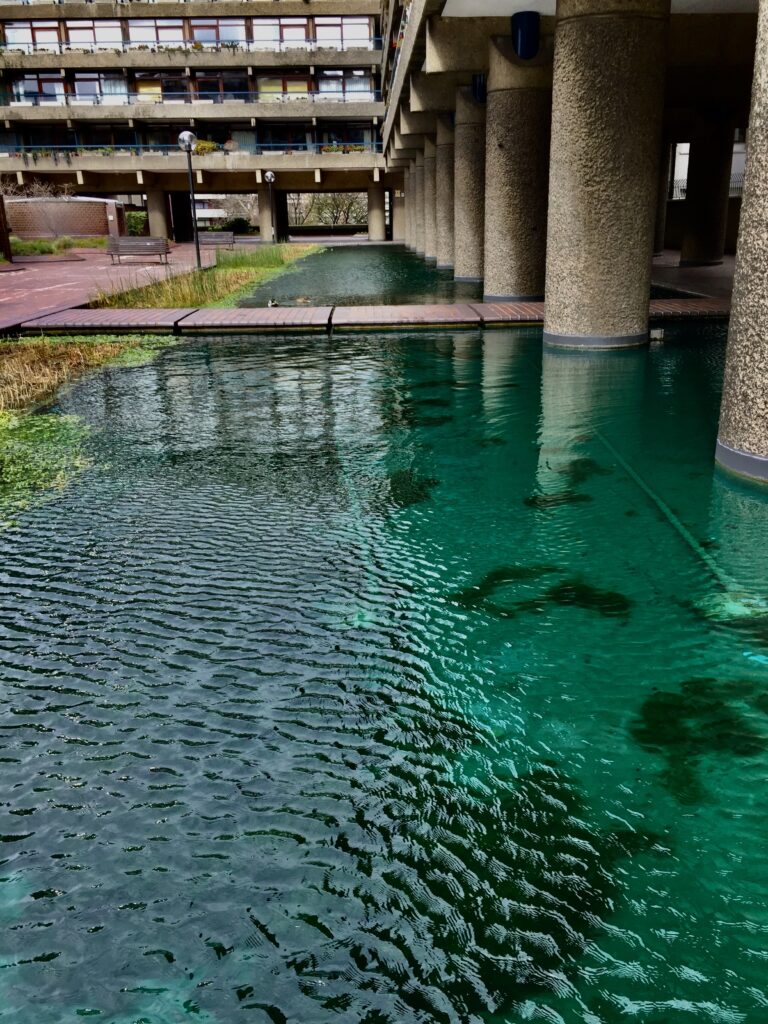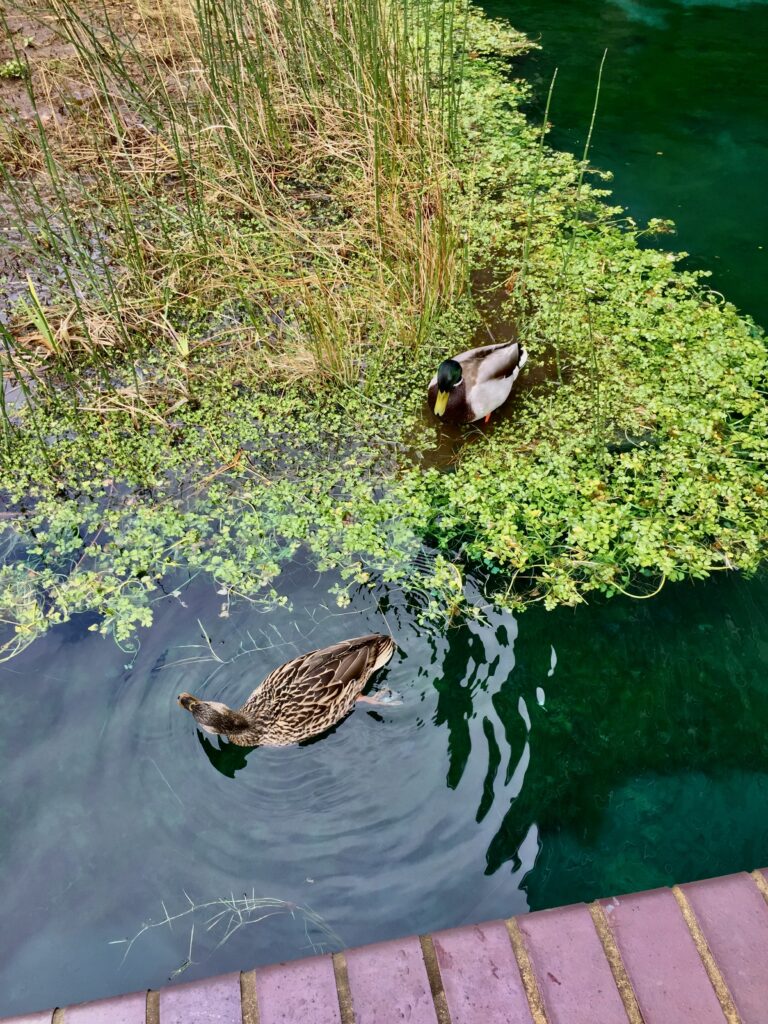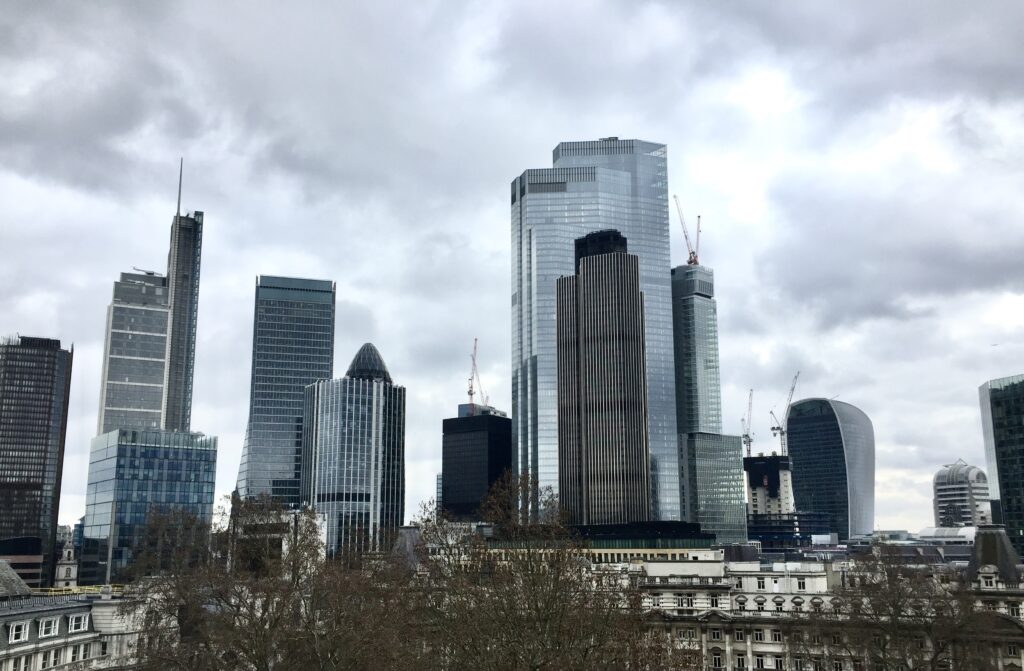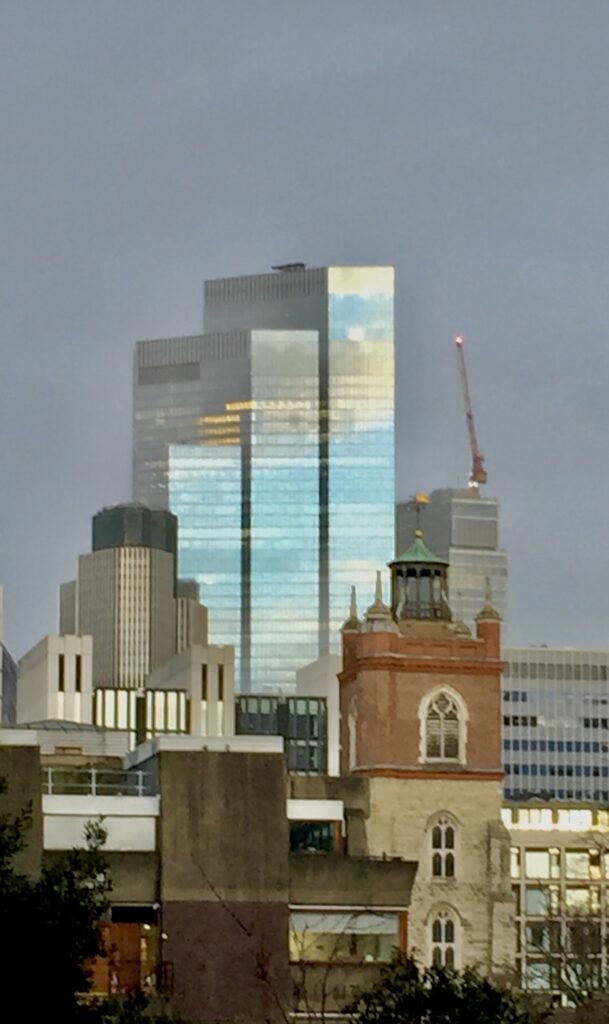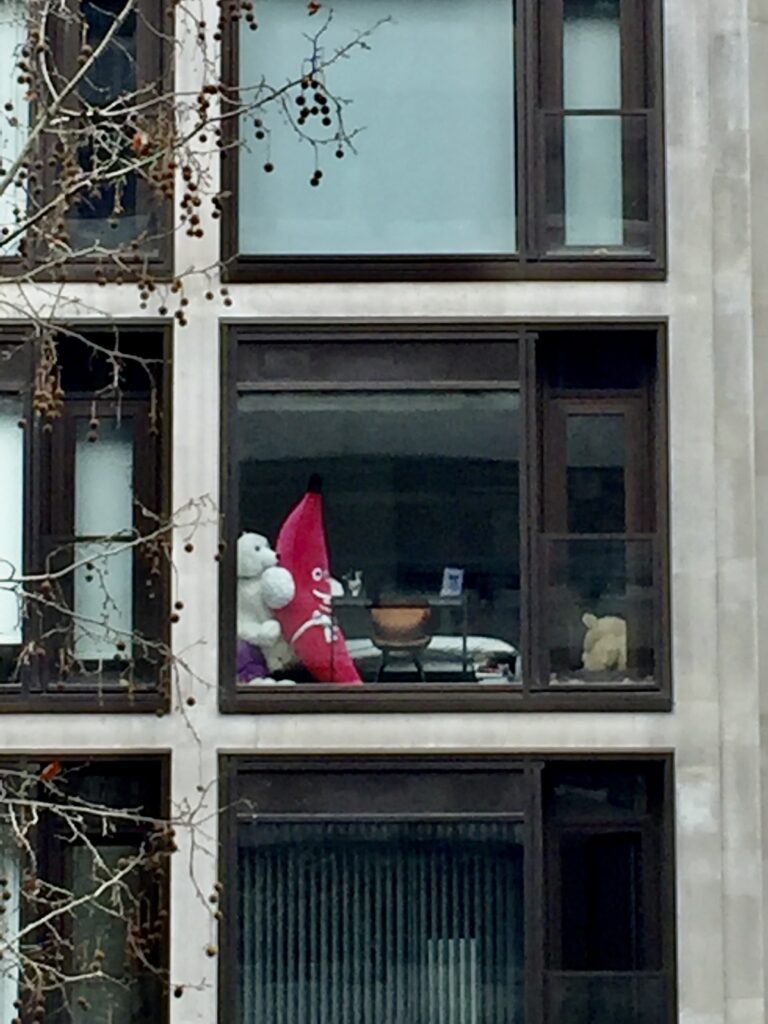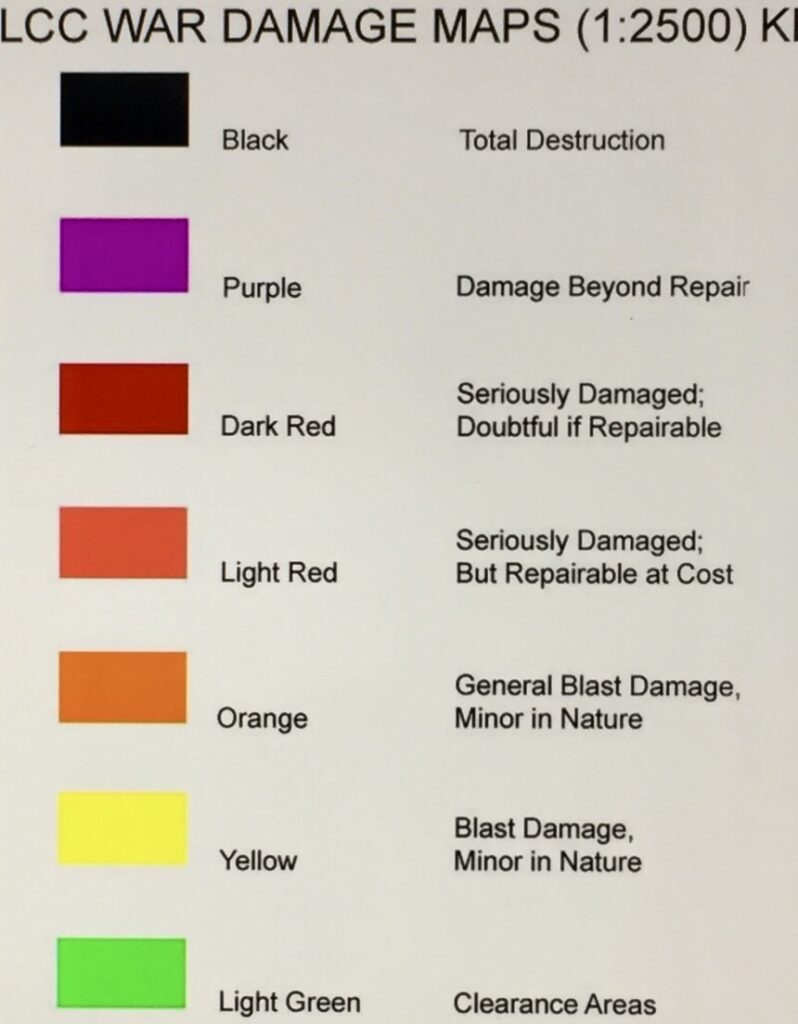I found myself in Smithfield last weekend and thought it might be nice to write again about some of the local pubs.
This is the Fox & Anchor in Charterhouse Street …
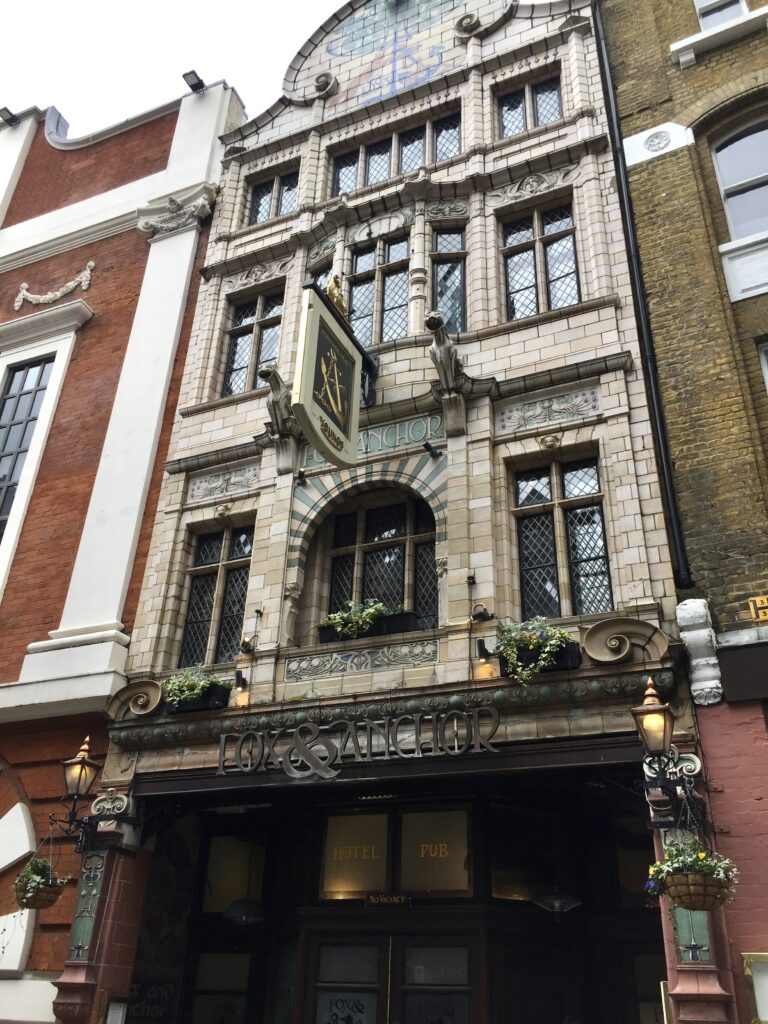
I’m indebted to the Hidden London website for the following background information.
The pub’s present, four-storey incarnation was built in 1897–9. The architect was Lambeth-born Latham A Withall, who trained and practised in Australia before returning to Britain in the late 1880s. The Art Nouveau tiling and grotesques that grace the pub’s facade were the work of William J Neatby, who at that time was head of the architectural department at Doulton and Company of Lambeth, where all the ceramics were produced …
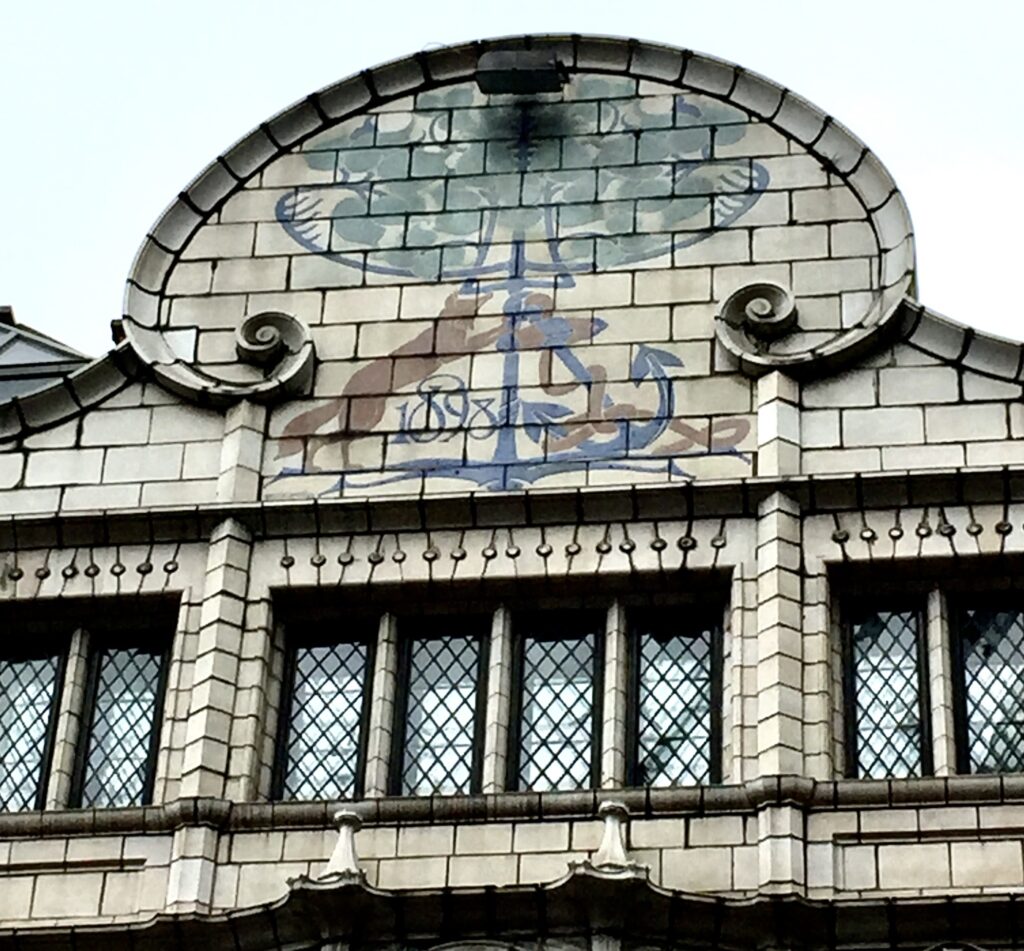
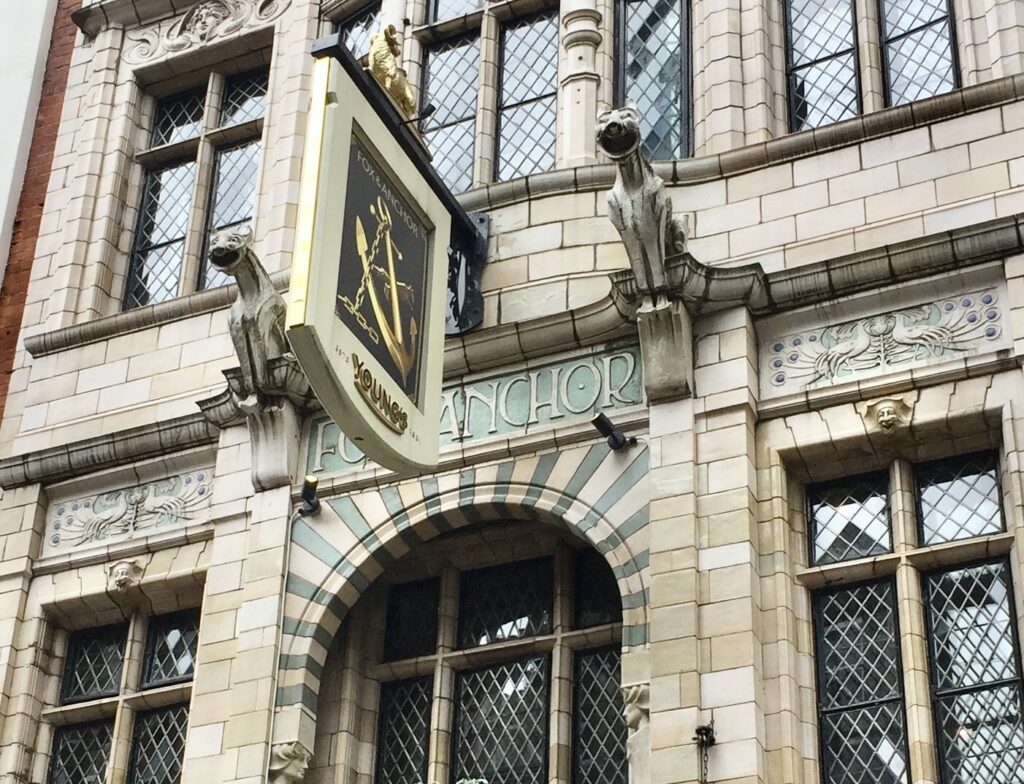
The street across the road has an odd name …
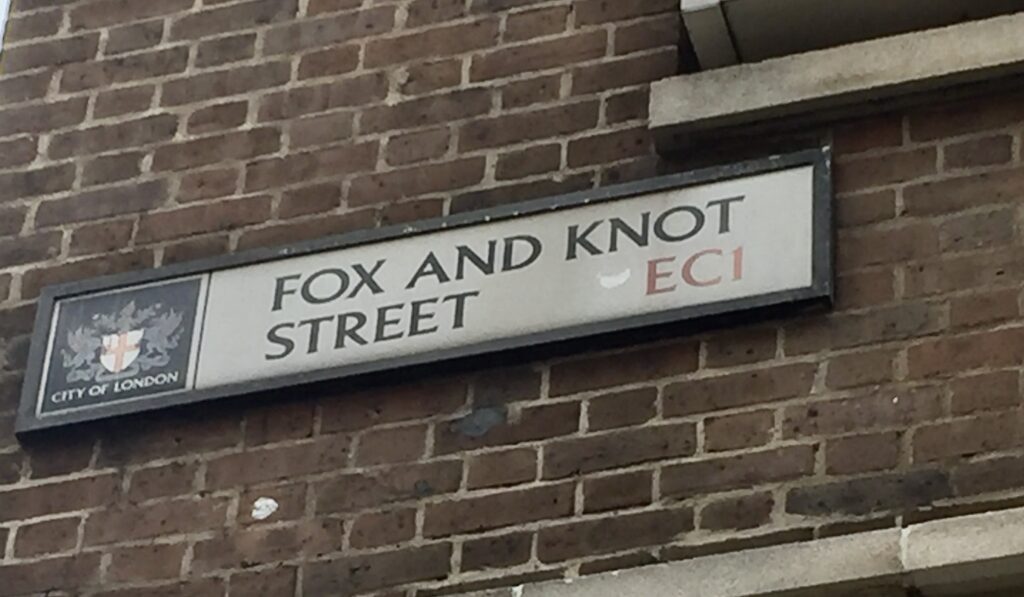
There is, of course, a blogger who writes about street names and they have established that it’s named after a pub that was demolished to make way for the market. They have consulted the Dictionary of Pub Names, which reckons that a landlord of the tavern was called Fox. Furthermore, his wife made headdresses that incorporated the fashionable ‘topknot’ of the time. Therefore, Fox and Knot. Here’s a link to the Street Names blogger.
The Smithfield Tavern has been renamed but has retained its rather attractive old pub sign …
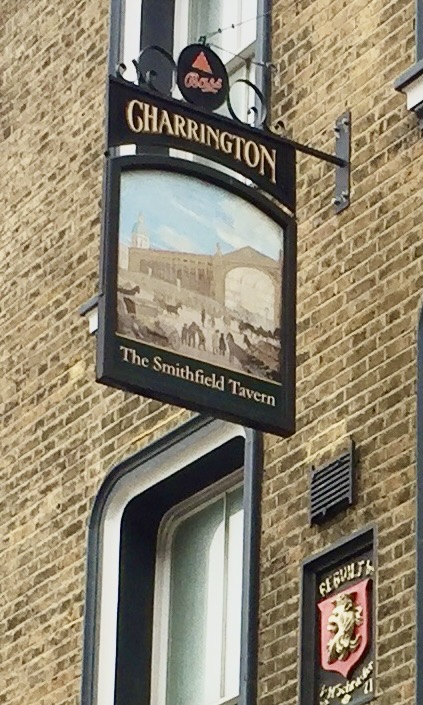
A nod to the market … golden bulls’ heads …
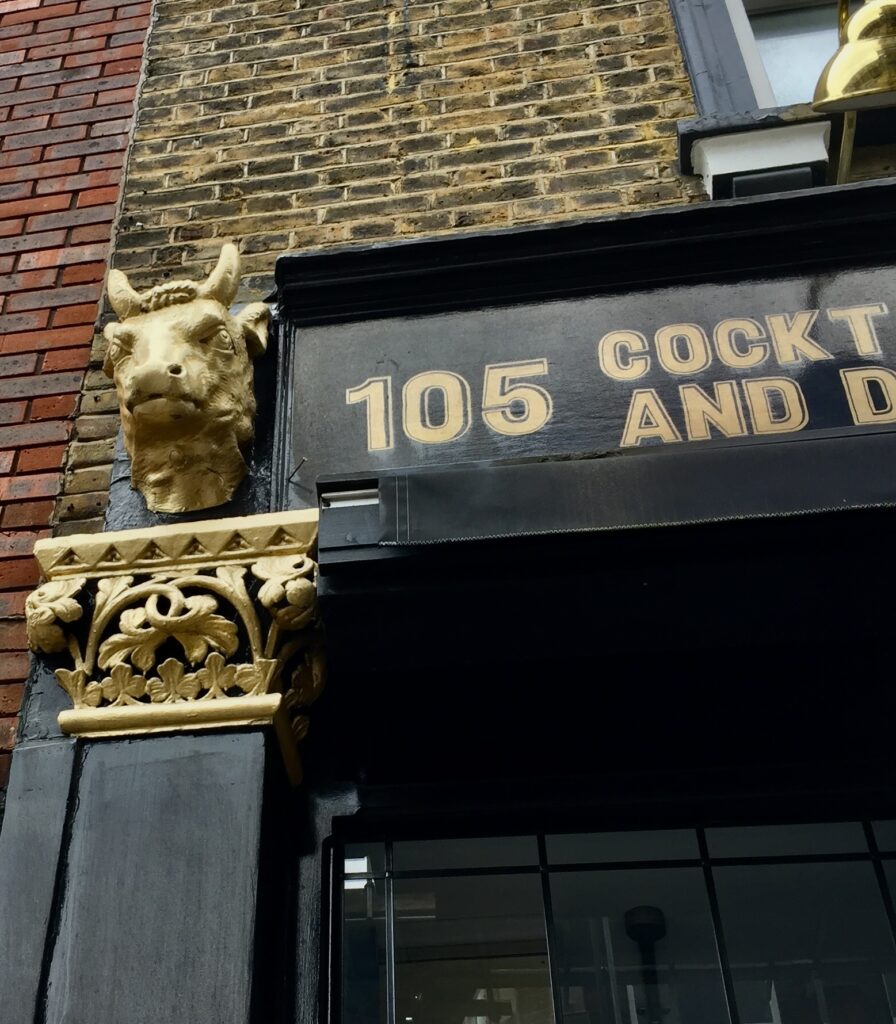
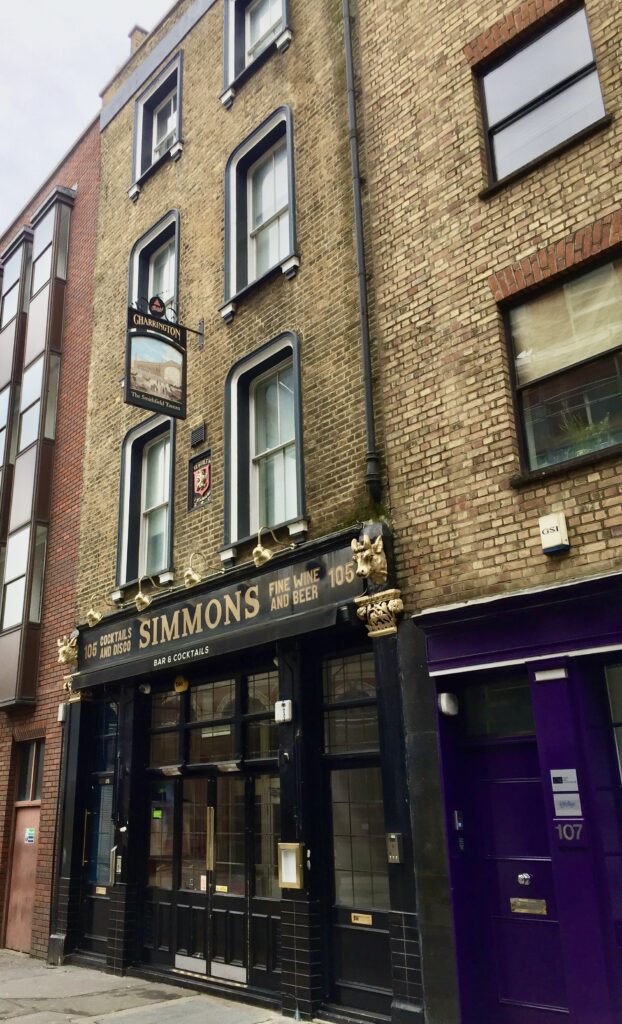
This plaque intrigued me …
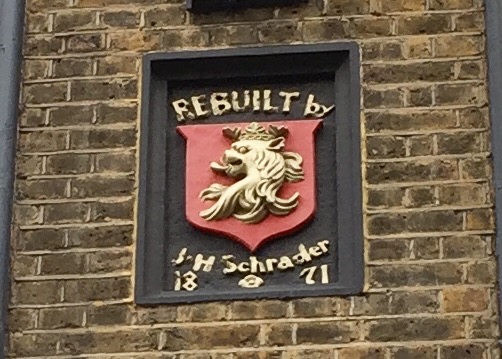
But I couldn’t find out any more about J. H. Schrader.
The Old Red Cow has an impressive exterior even on a miserable dull day …
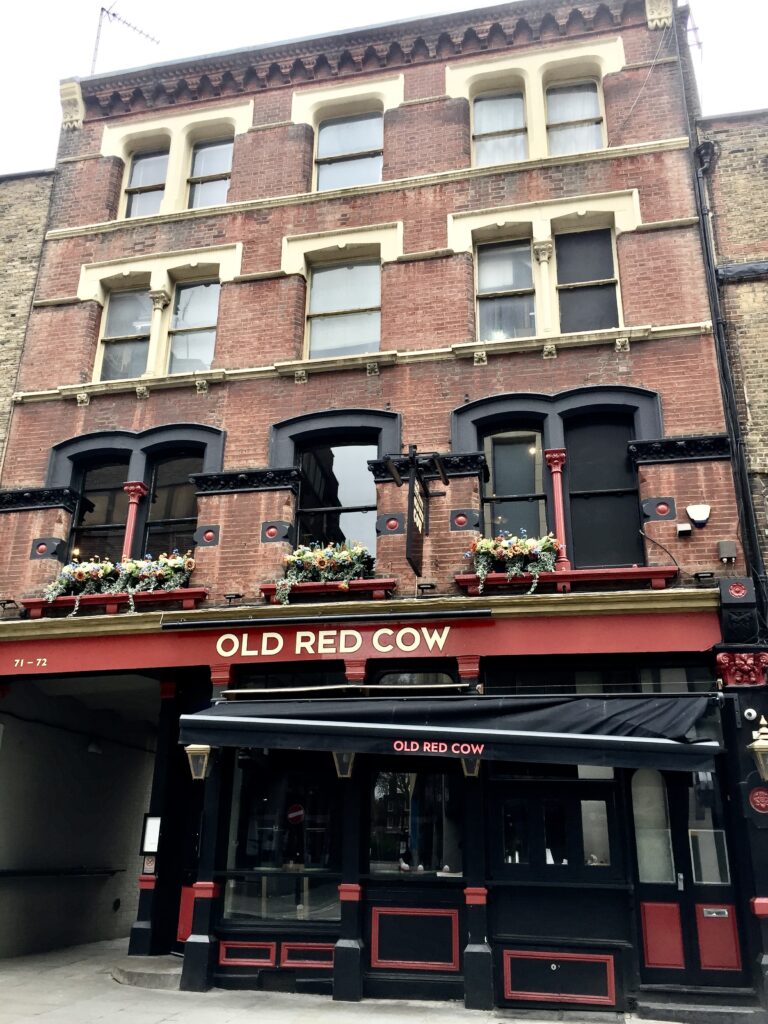
It boasts of its connection to two very famous characters of the mid-20th century world of entertainment – Lord Bernard Miles and Sir Peter Ustinov …
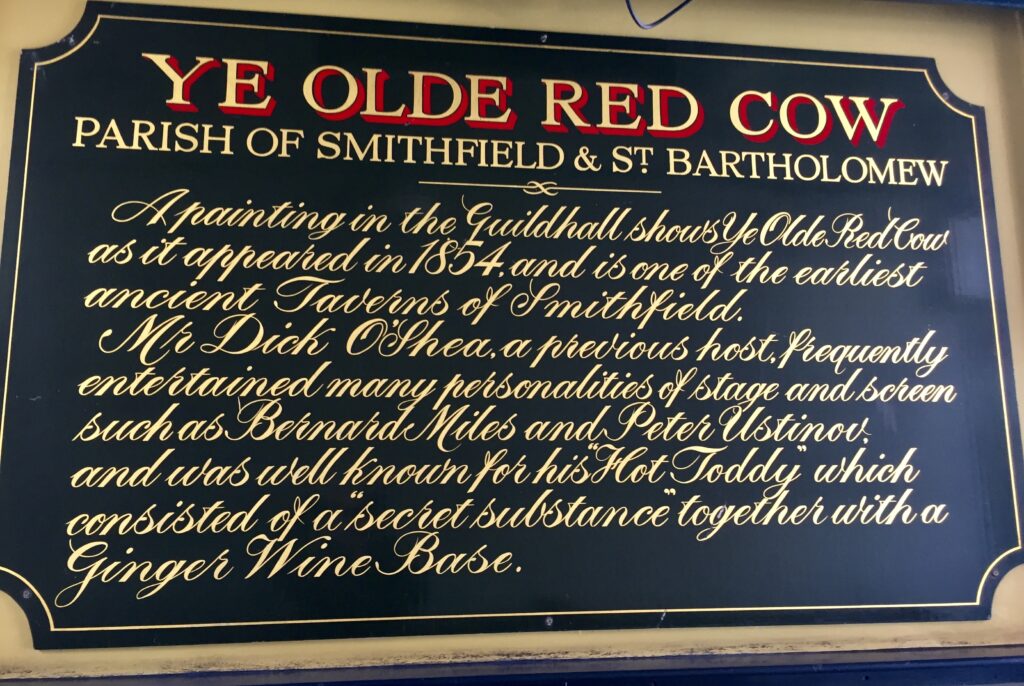
In a walking guide to City pubs published in 1973 the authors Richards and Curl wrote : ‘The origin of this pub name is simplicity itself … As old red cows are a rare sight in this country, it follows that their milk (beer) is of great value.’
The Sutton Arms is another fine Victorian building …
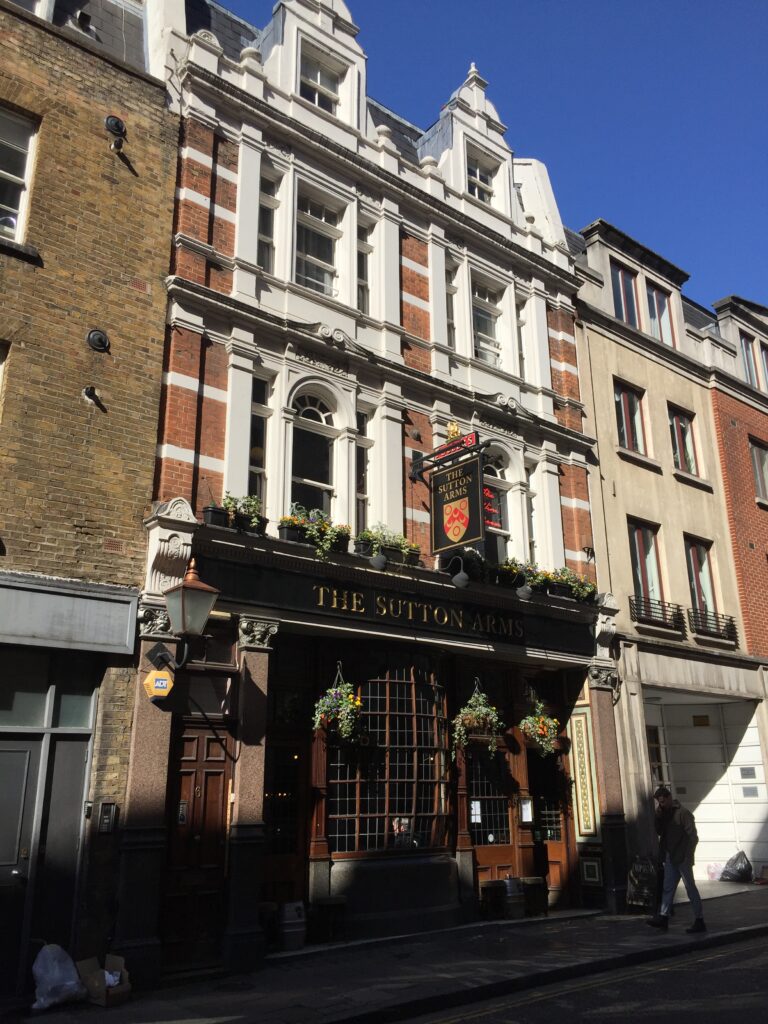
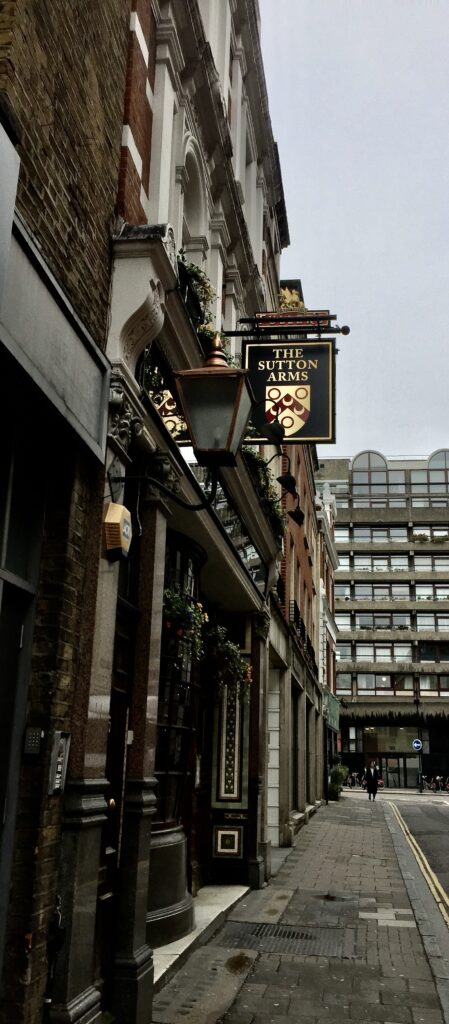
The Rising Sun lives just across the road from the magnificent St Bartholomew the Great church …
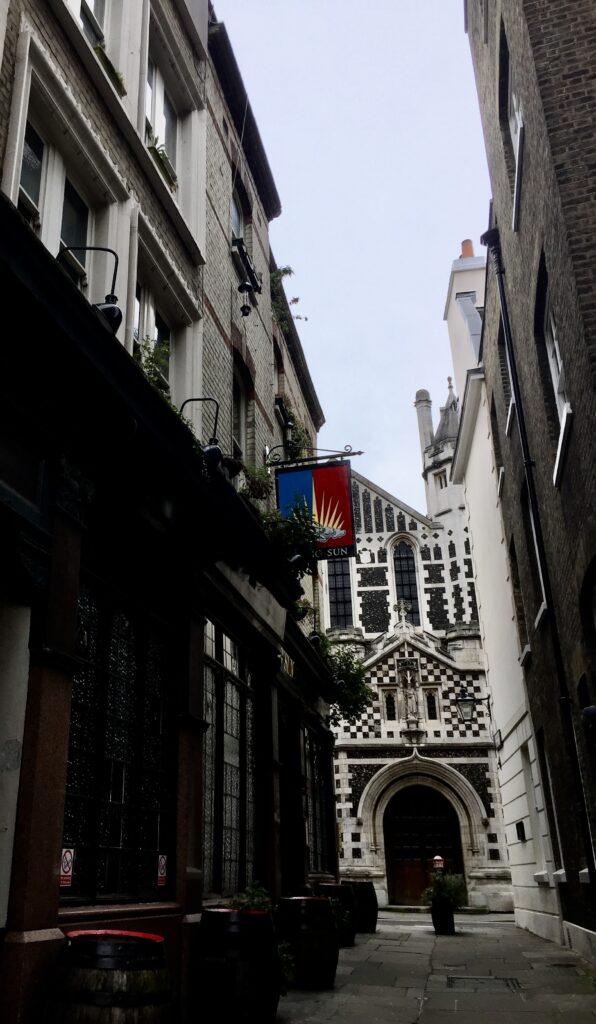
You can also see its conveniently close location relative to the market at the end of the alley …
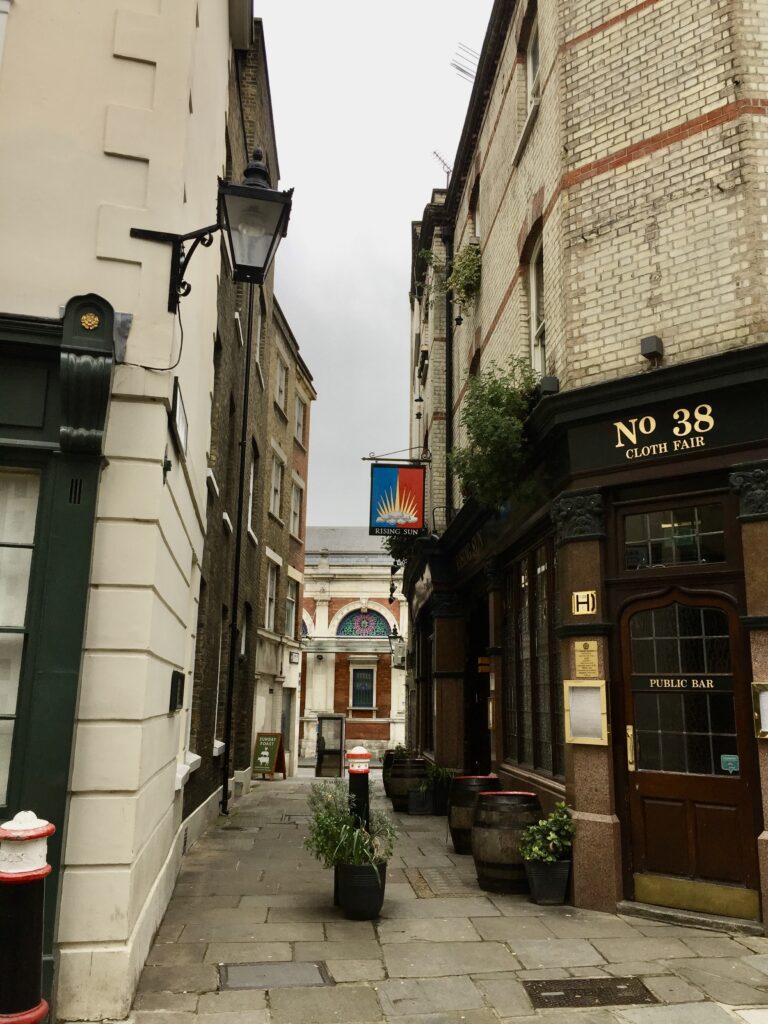
This is The Hope in Cowcross Street …
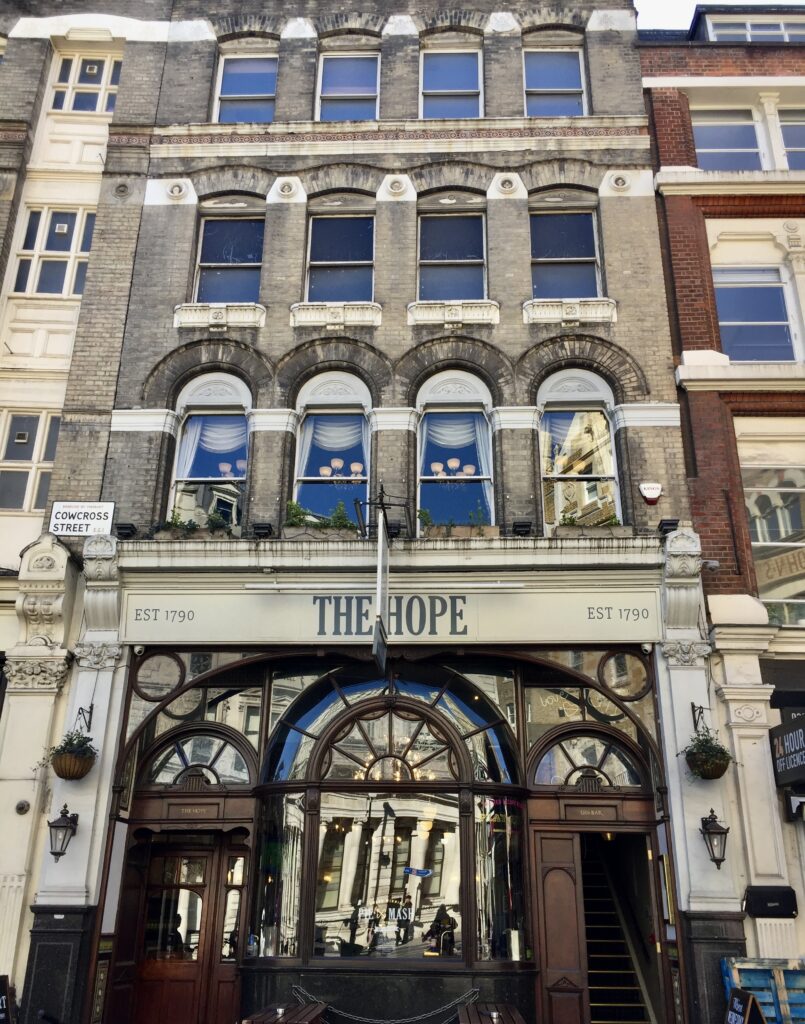
It is still recognisable from the description back in 1973 – ‘an unusual front, with bow window and large fanlight over a granite plinth’ …
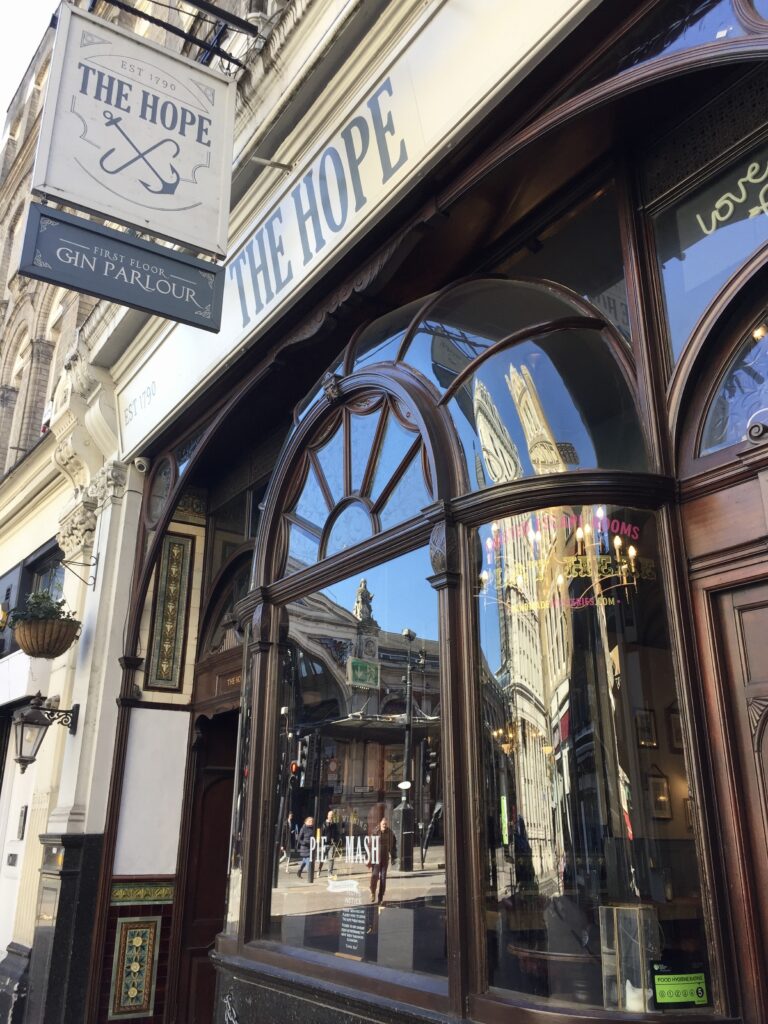
And Richards and Curl also celebrated the ‘encaustic tiles in the corridor and entrance’ …
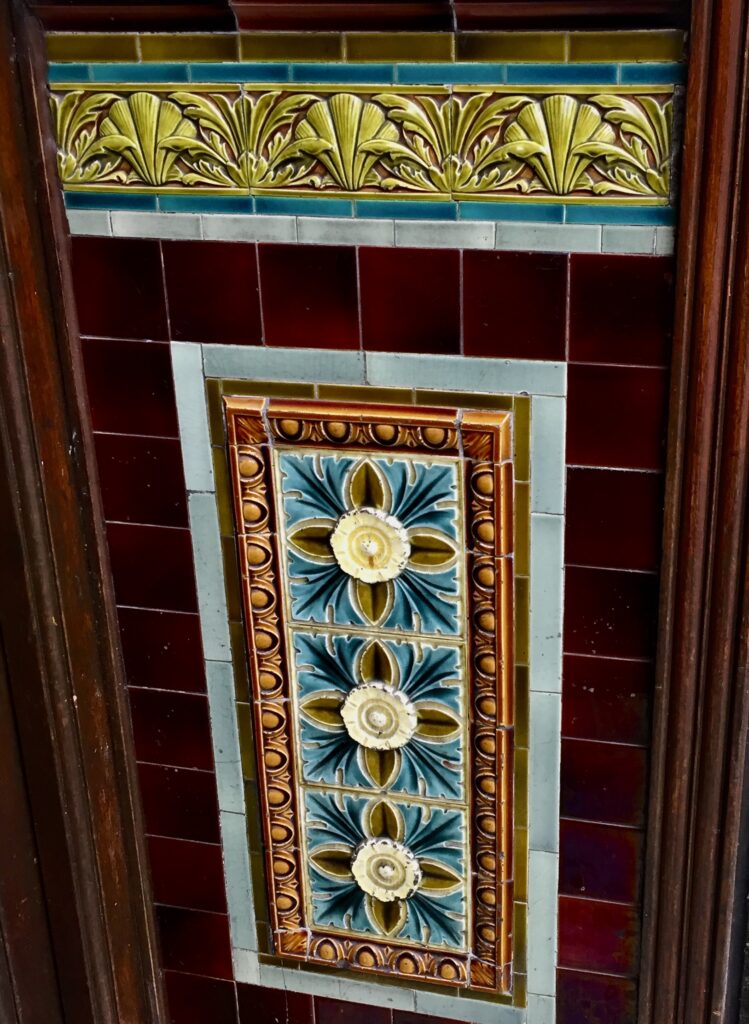
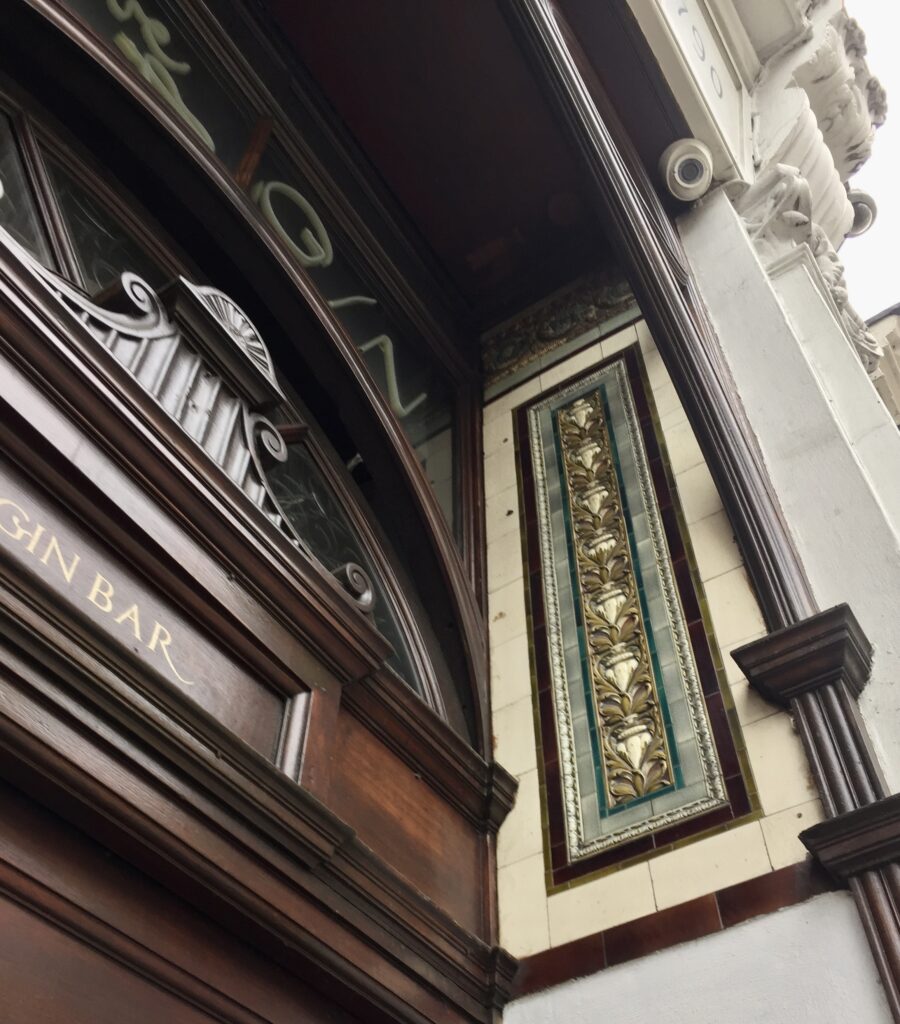
The entrance to the Sutton Arms has similar decoration …
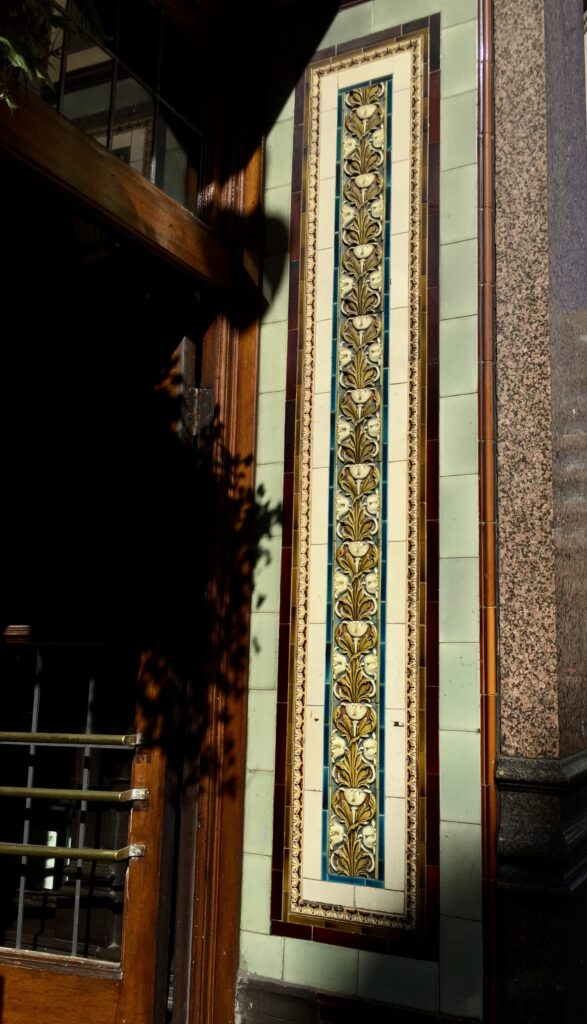
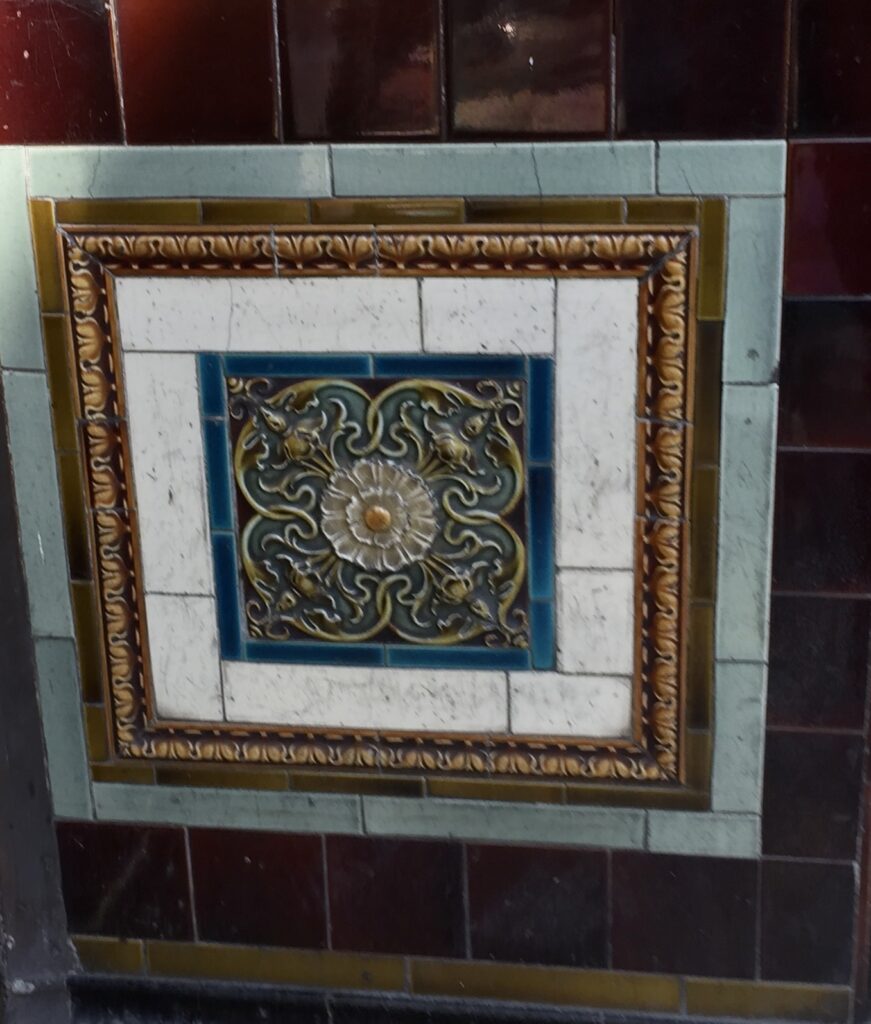
Two other pubs of interest are The Bishop’s Finger and the Hand & Shears – you can read about them in an earlier Smithfield blog of mine from January last year.
If you would like to follow me on Instagram here is the link …
